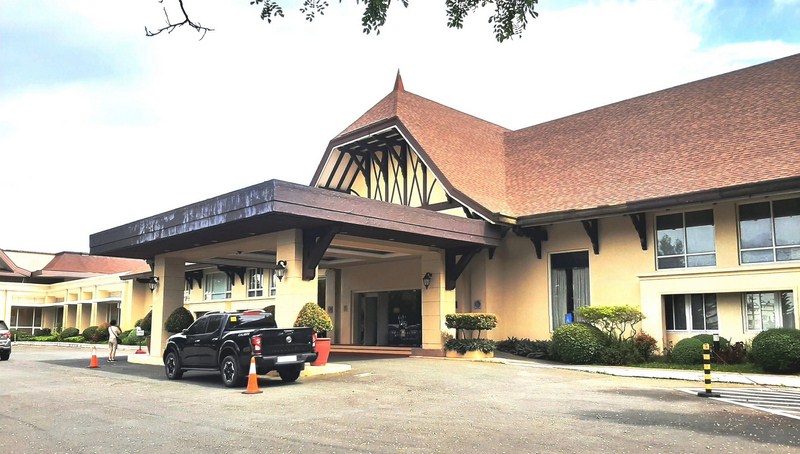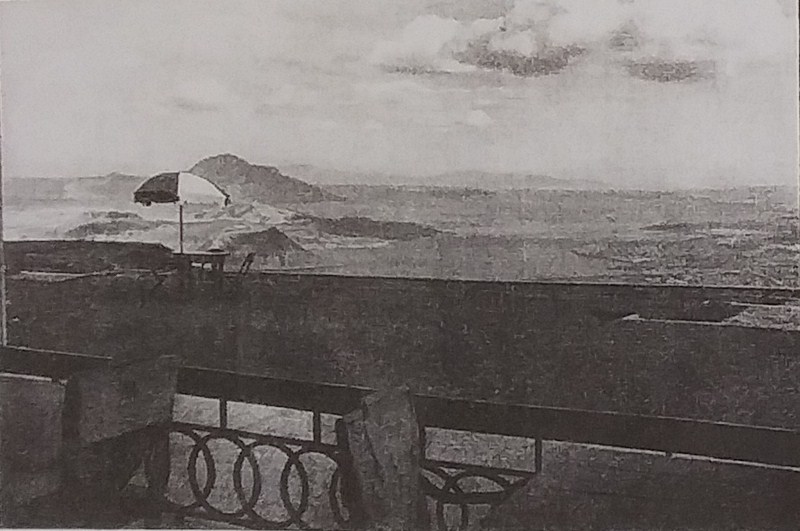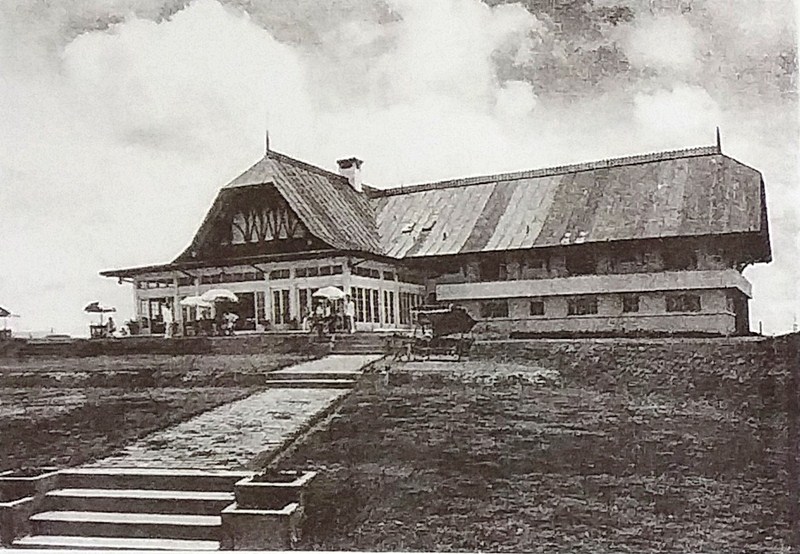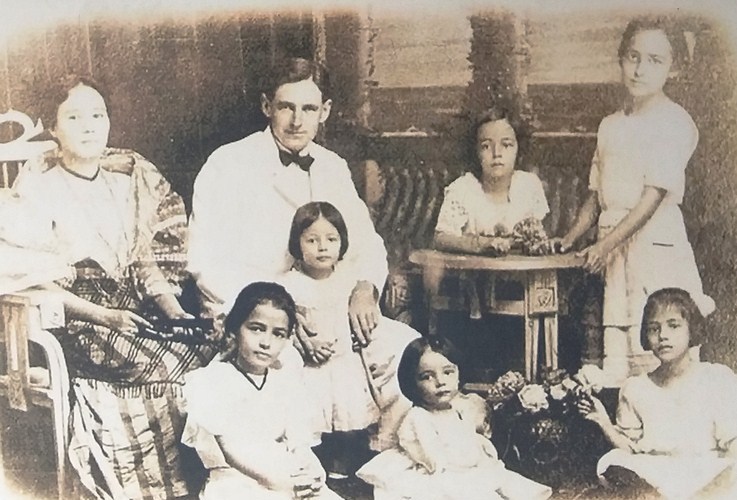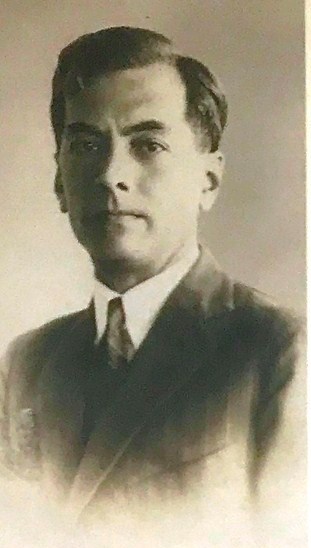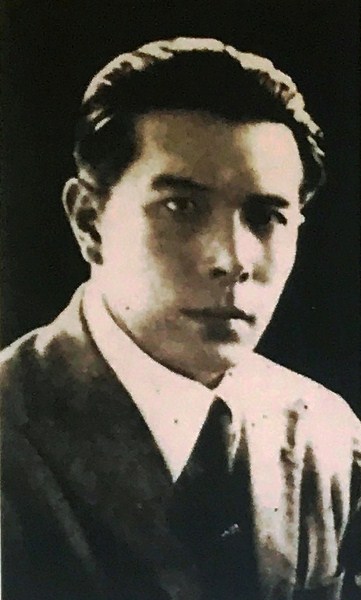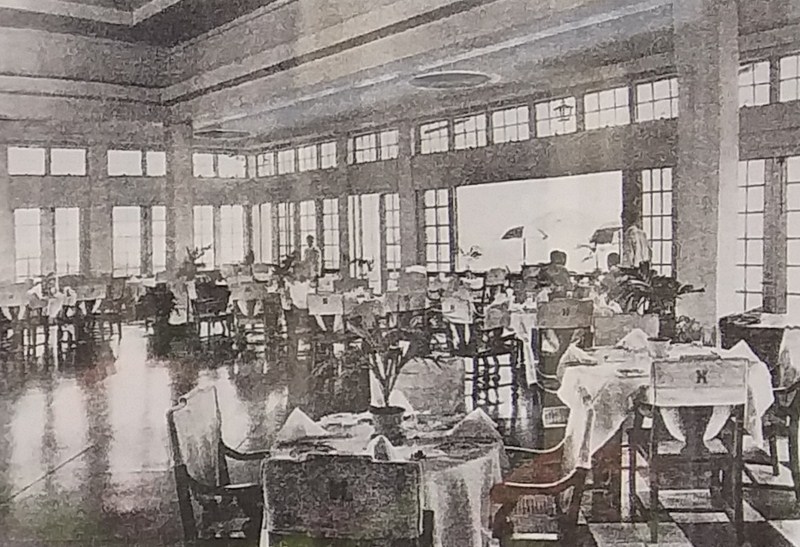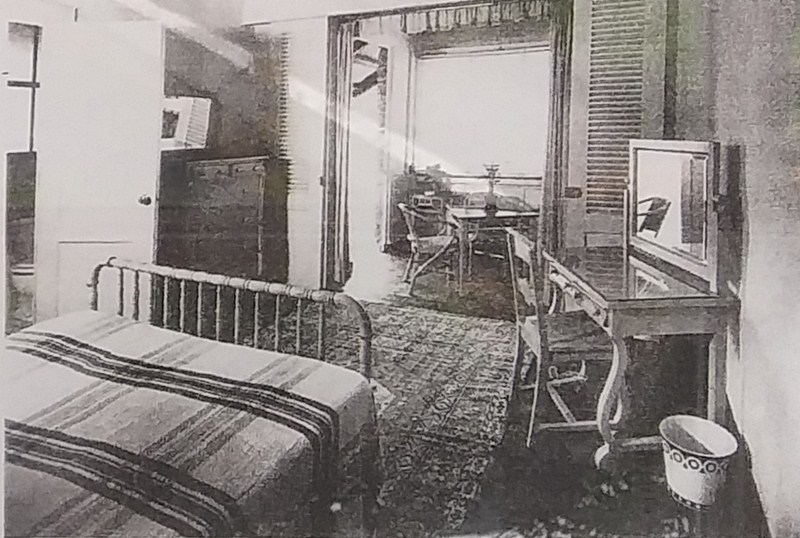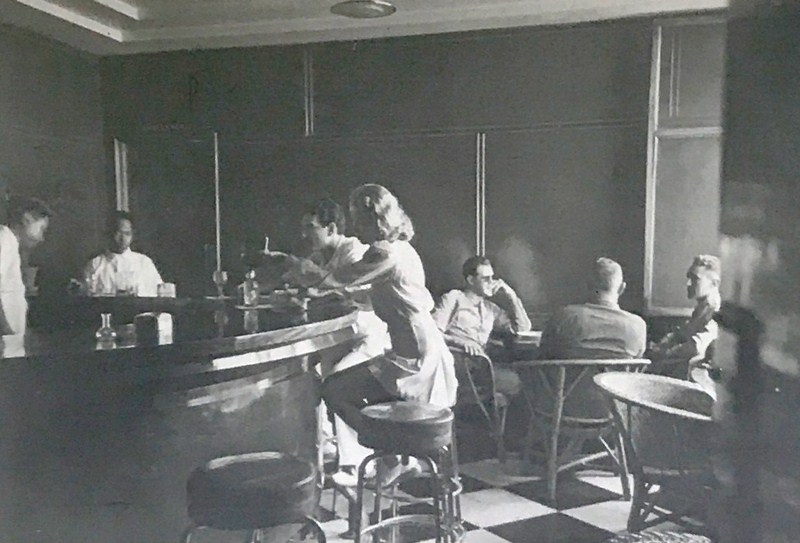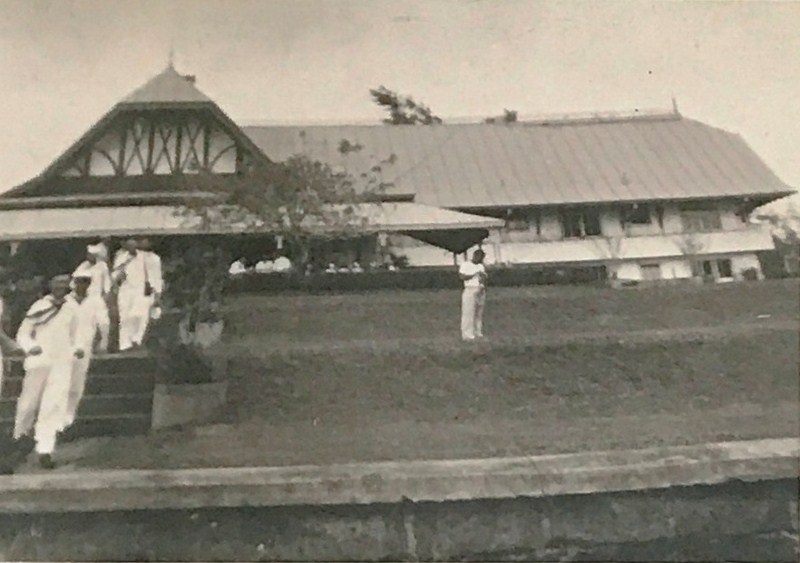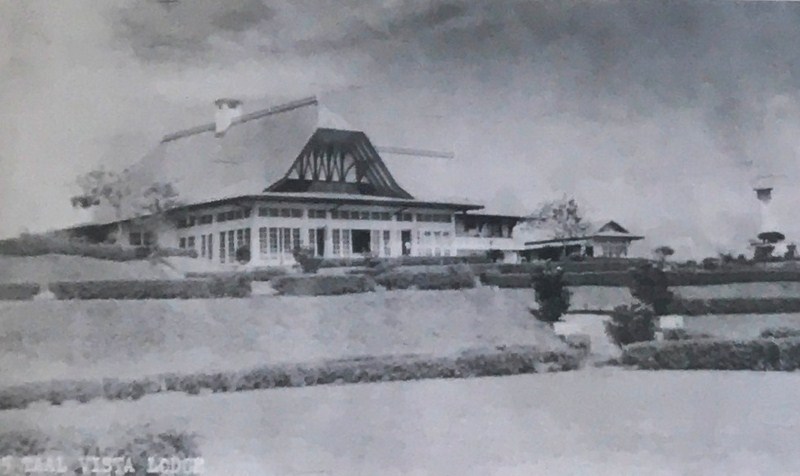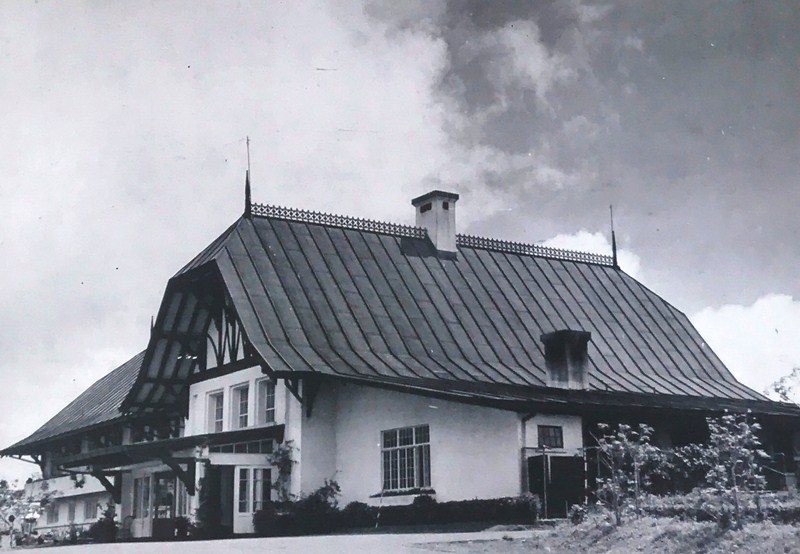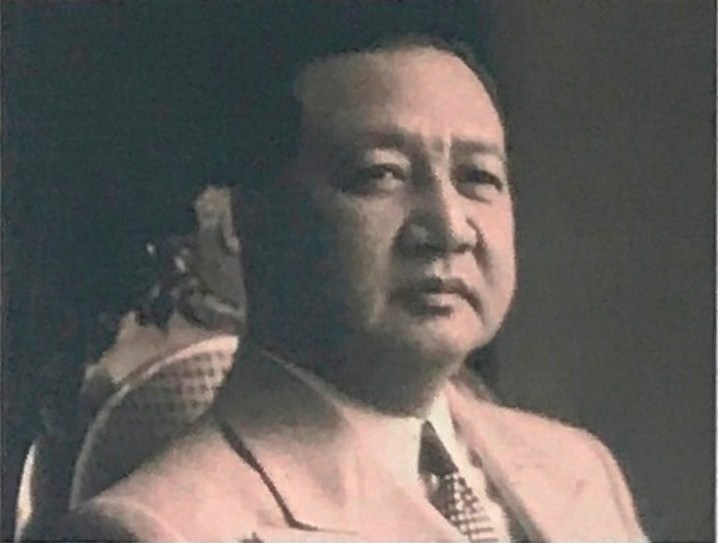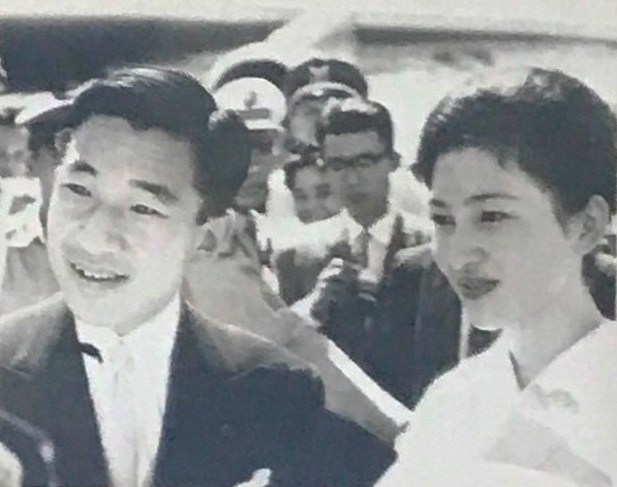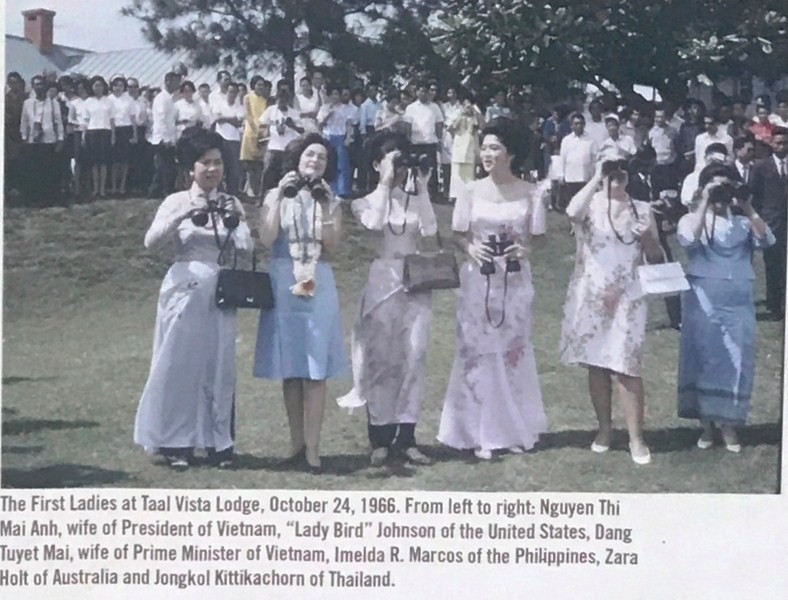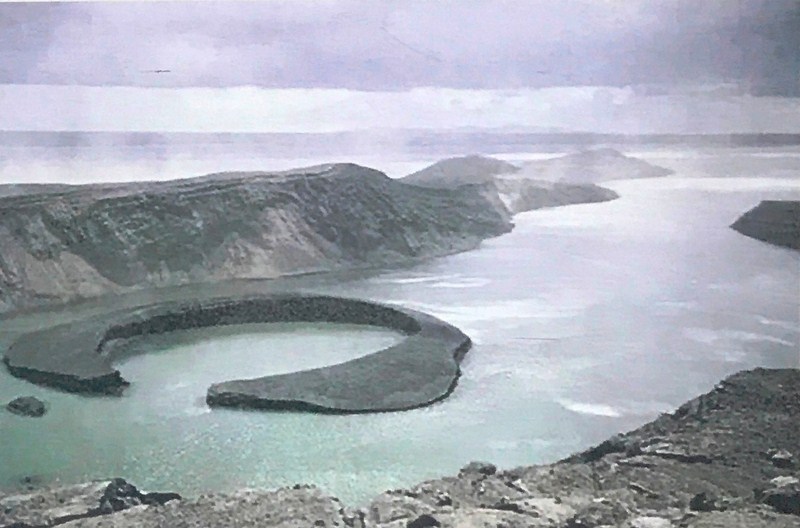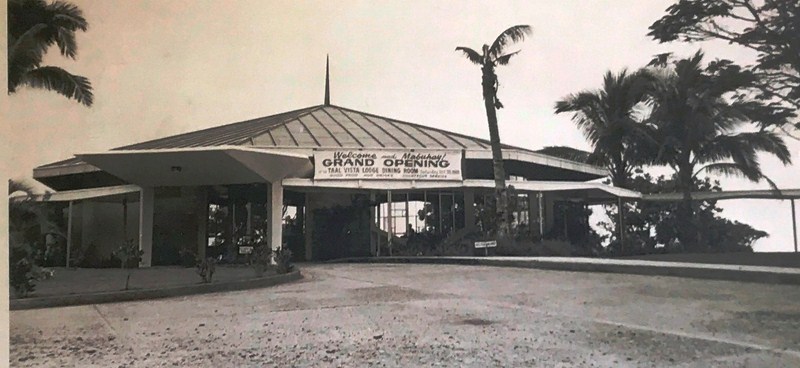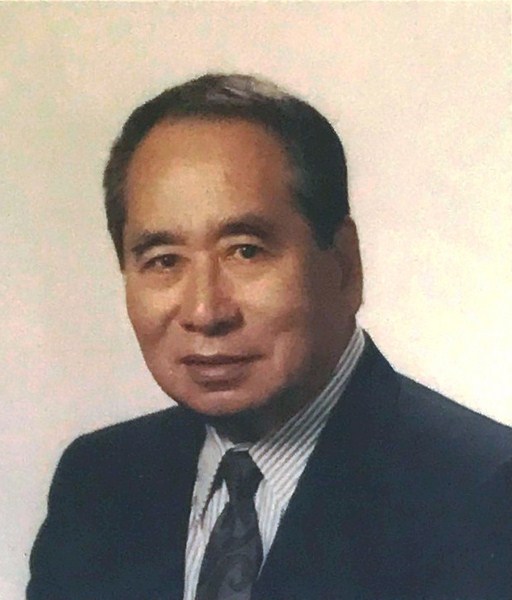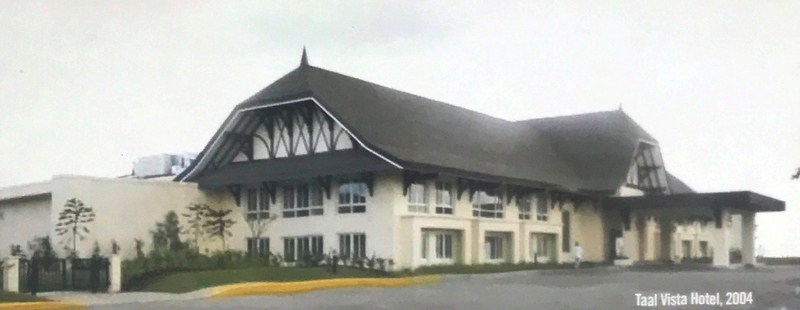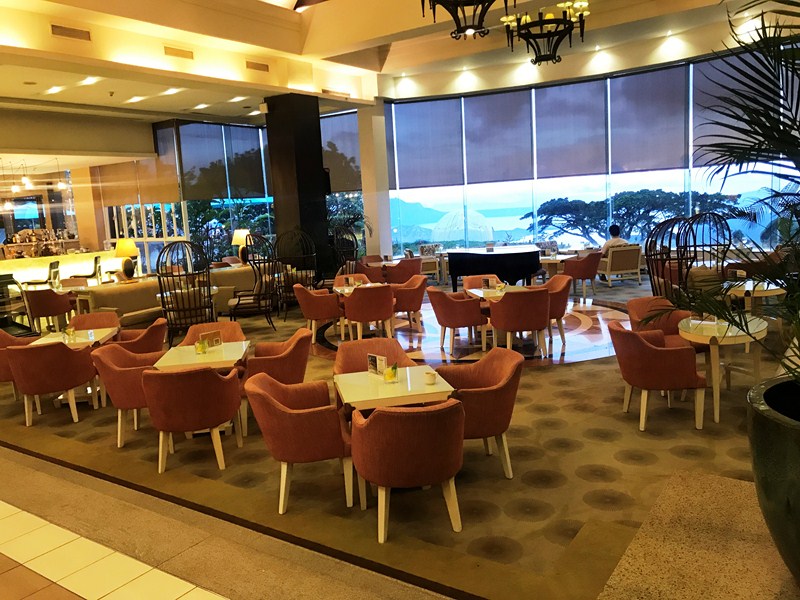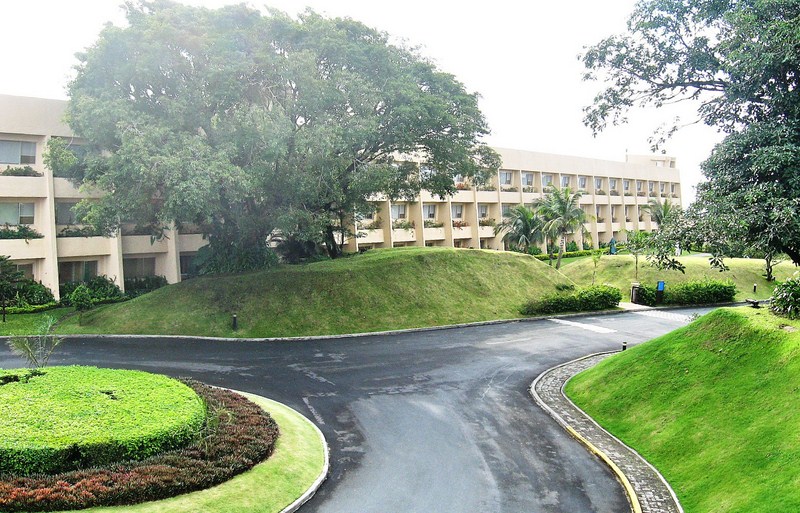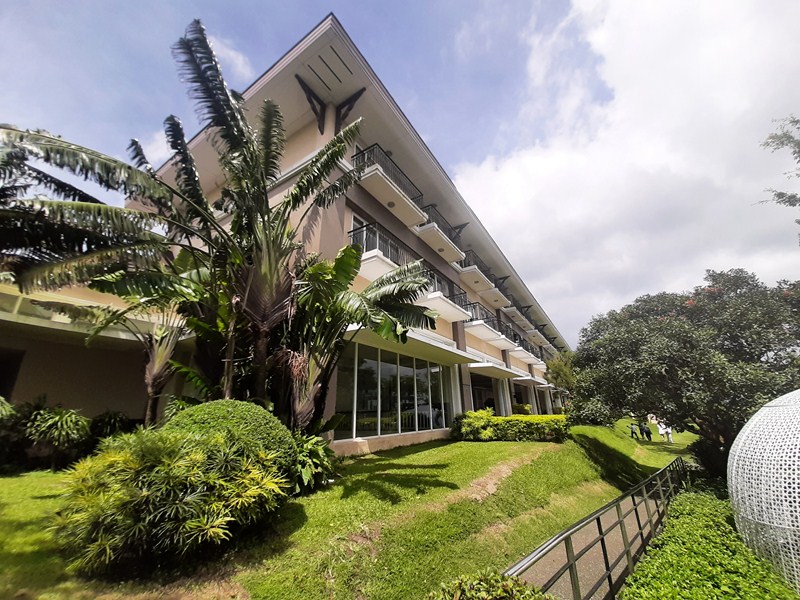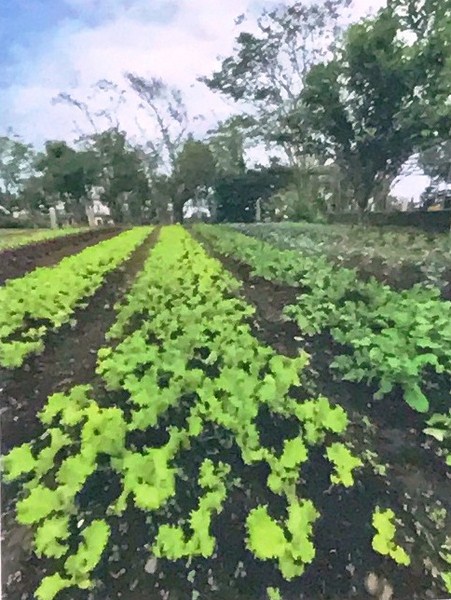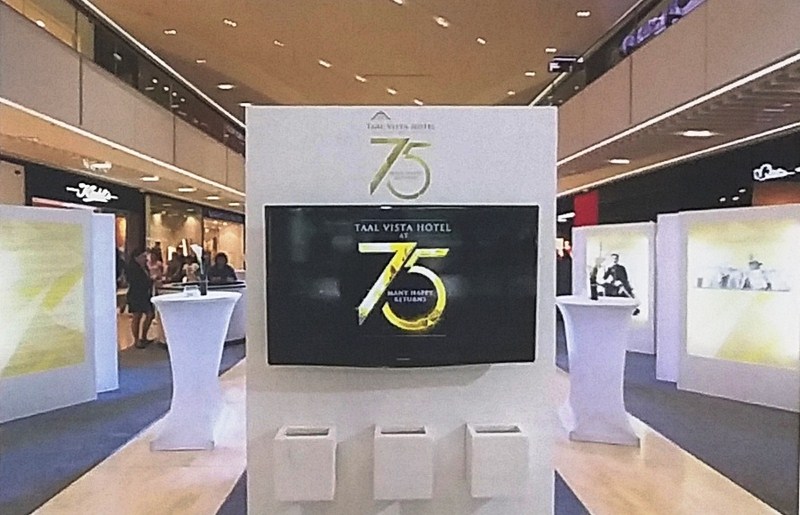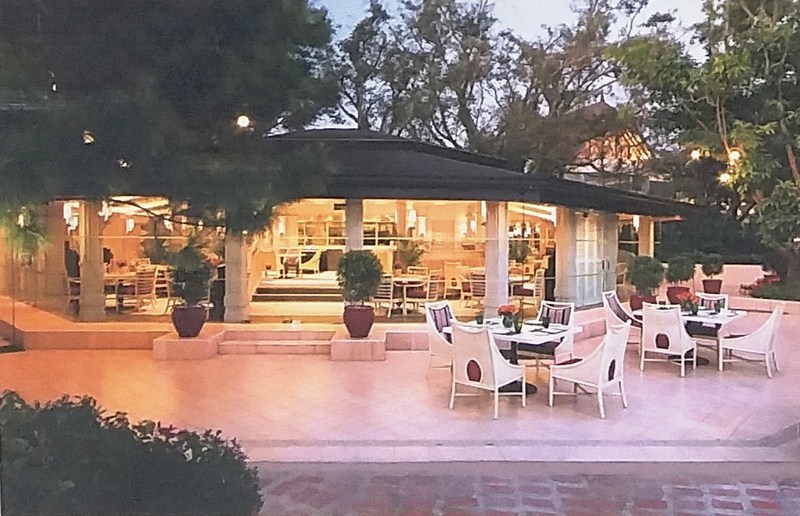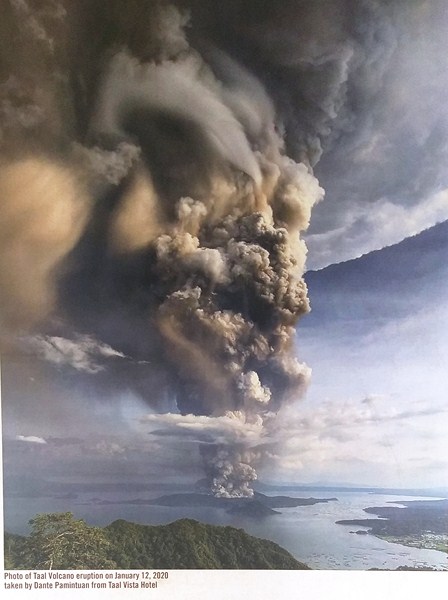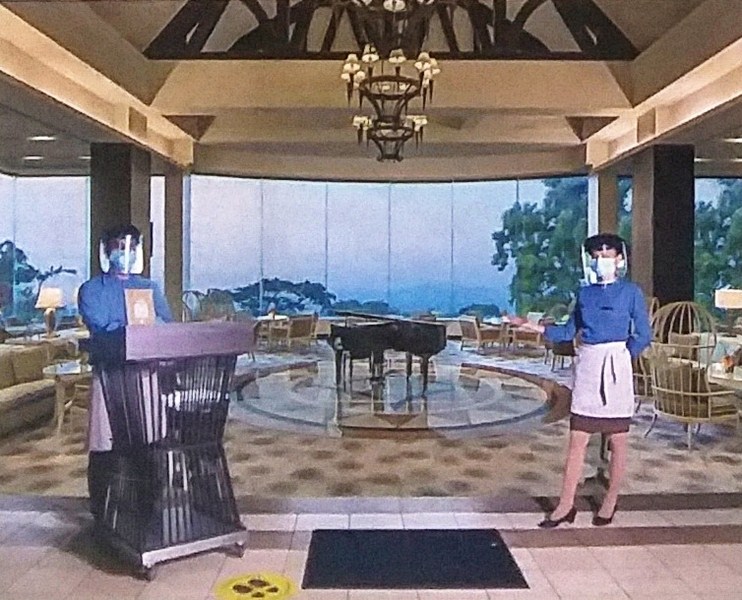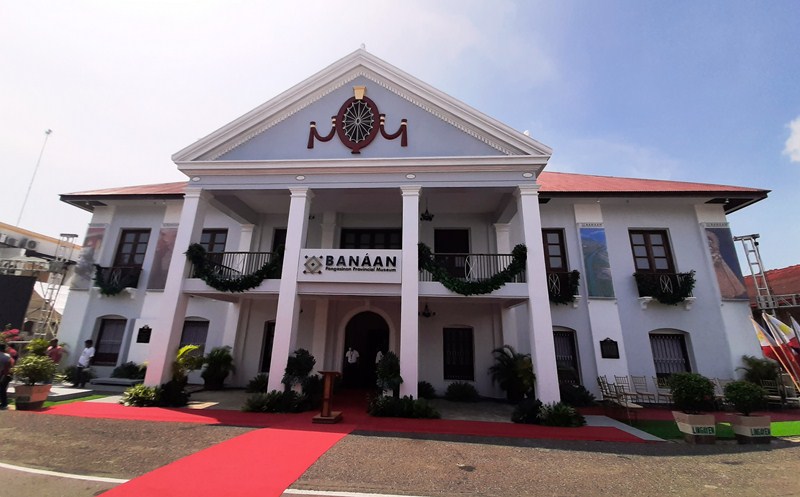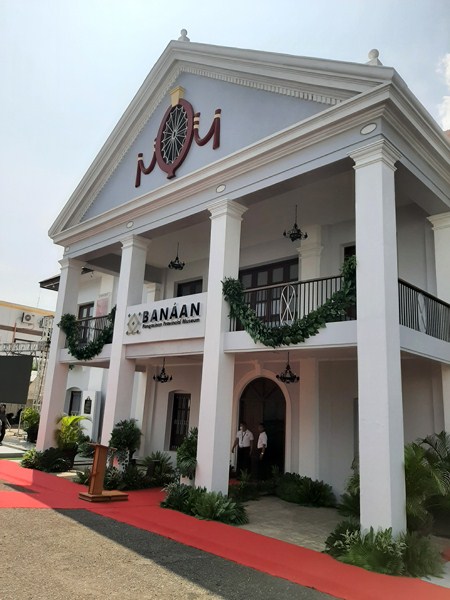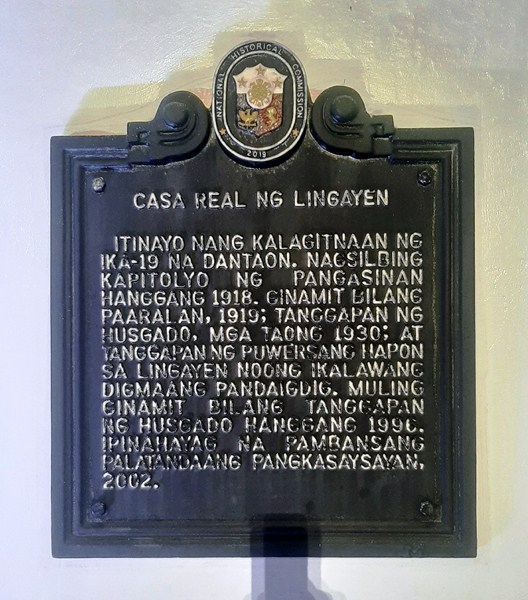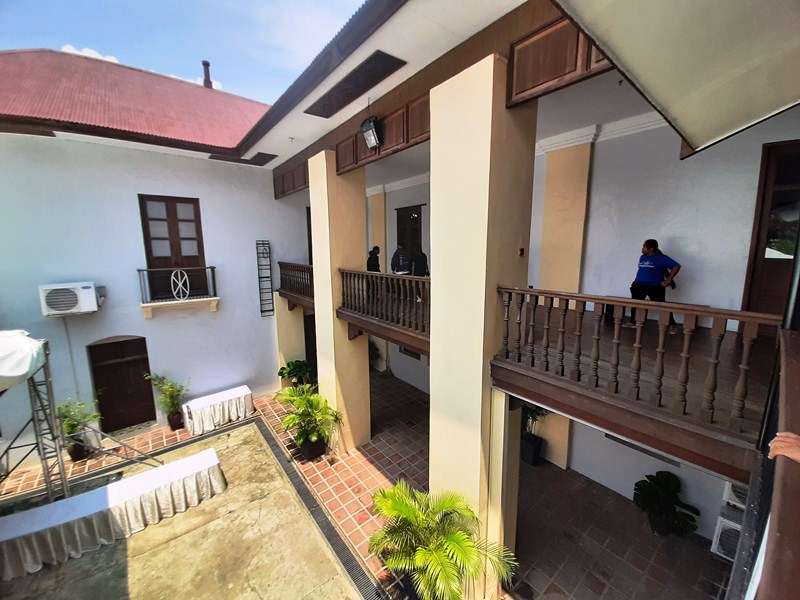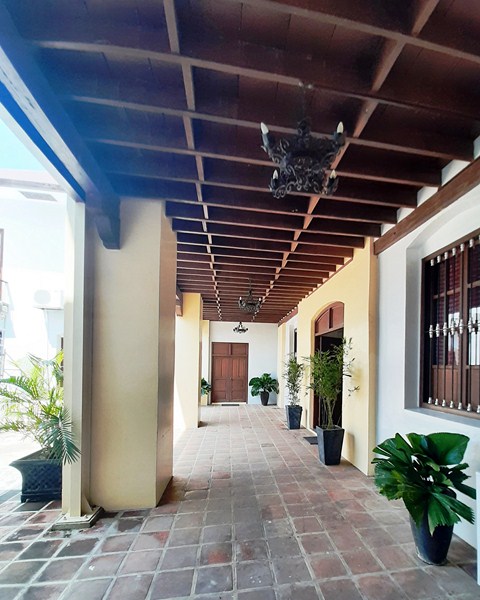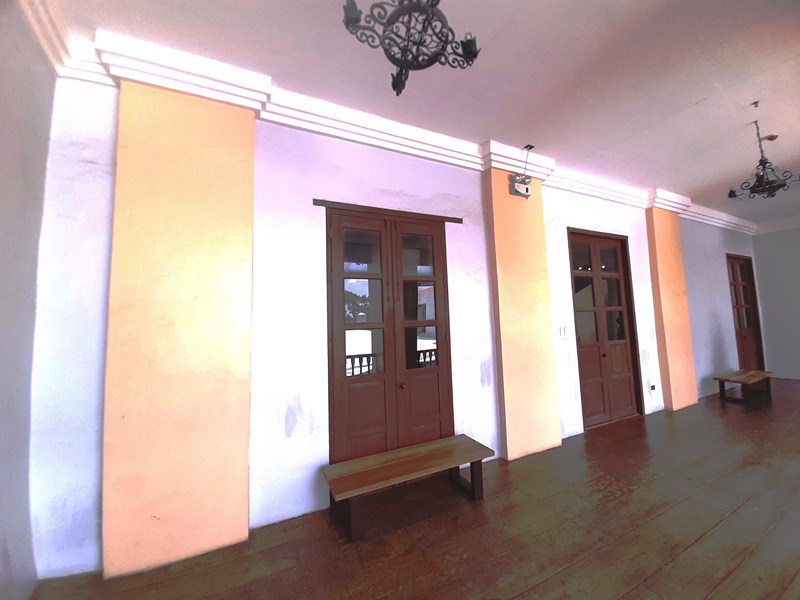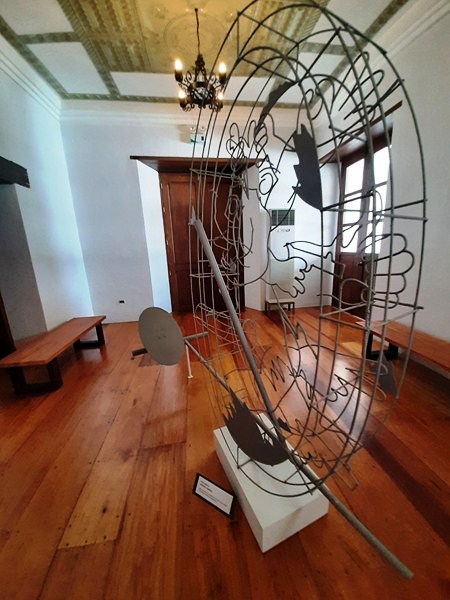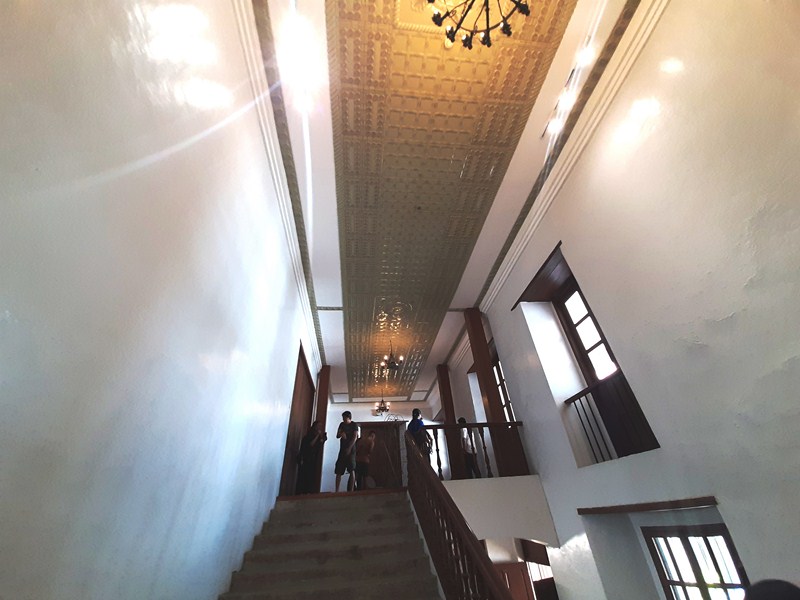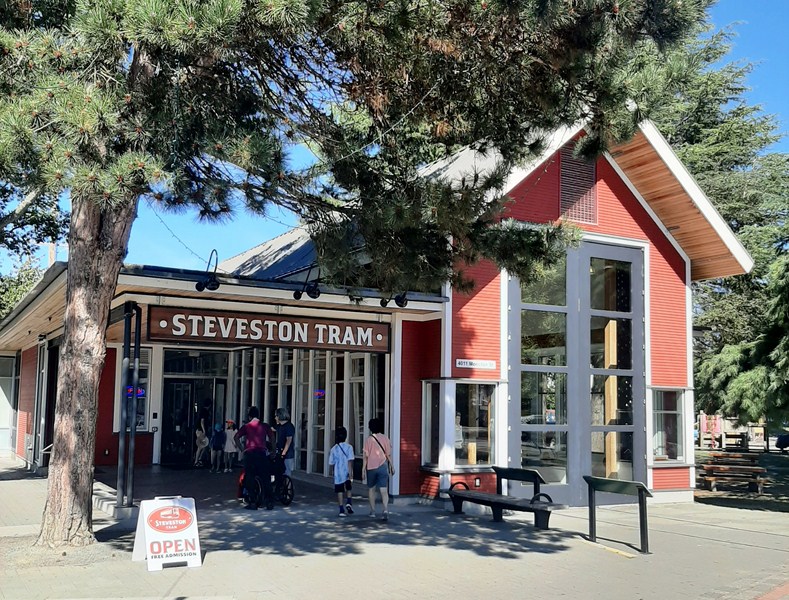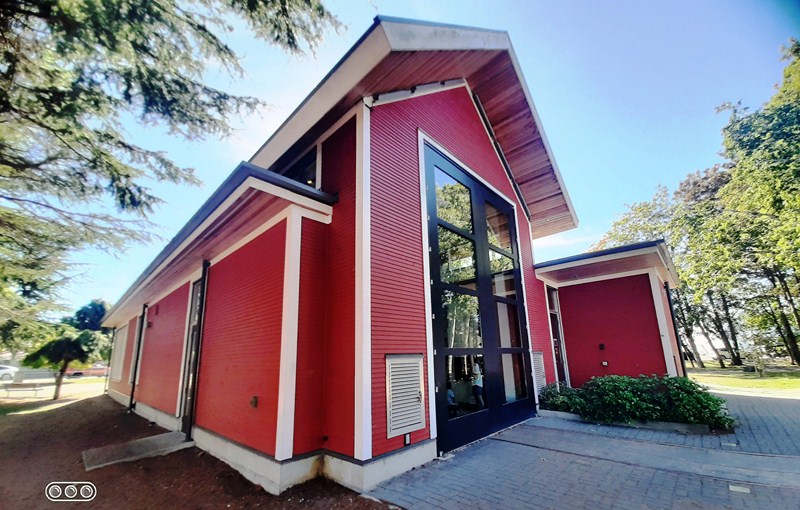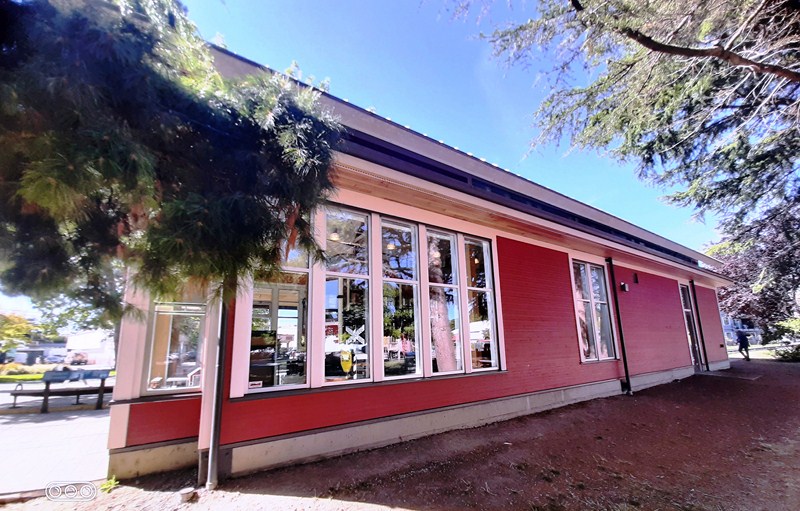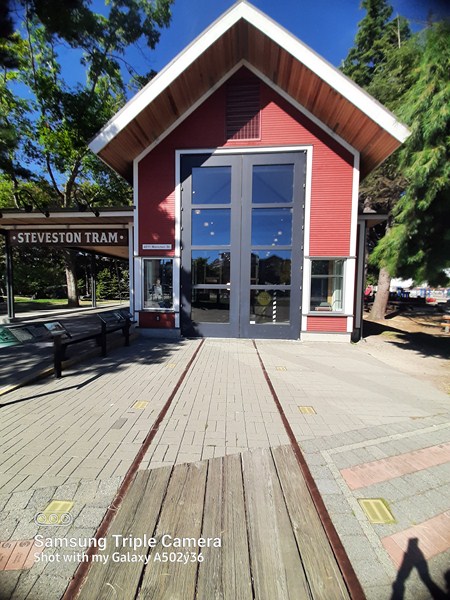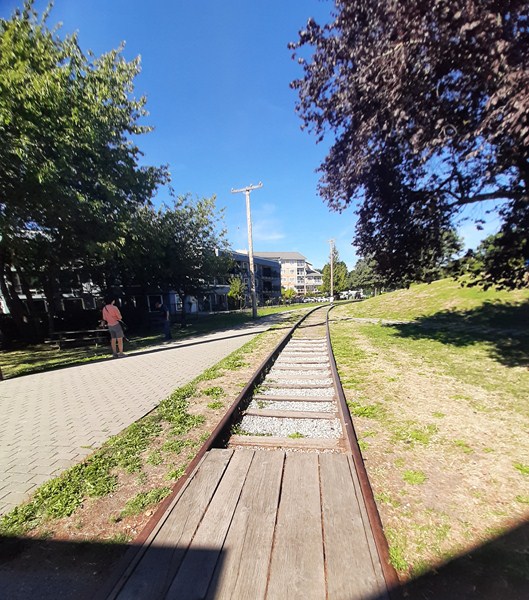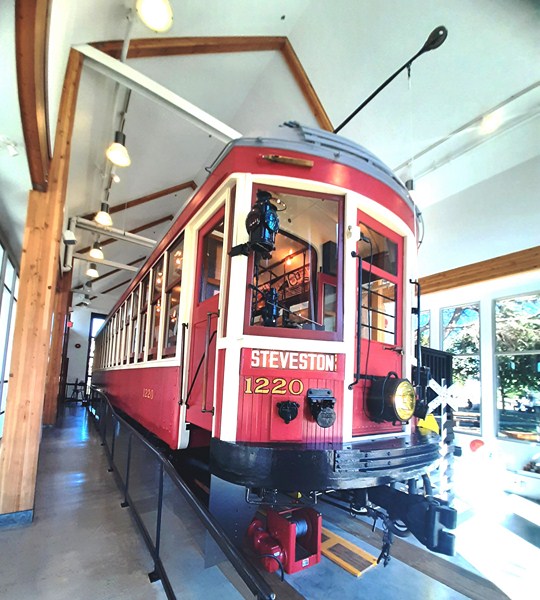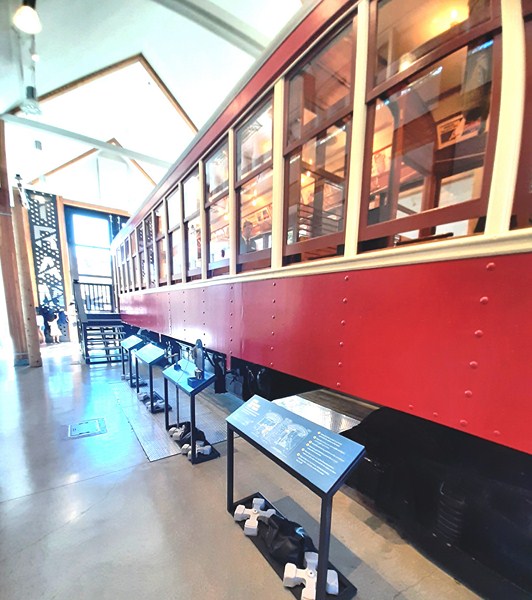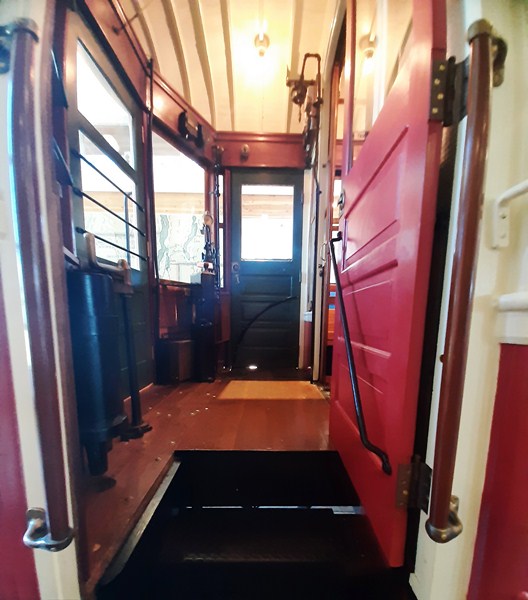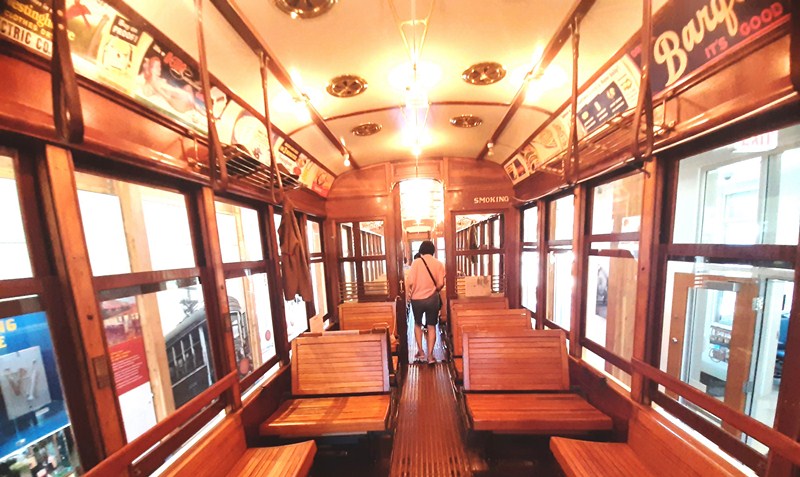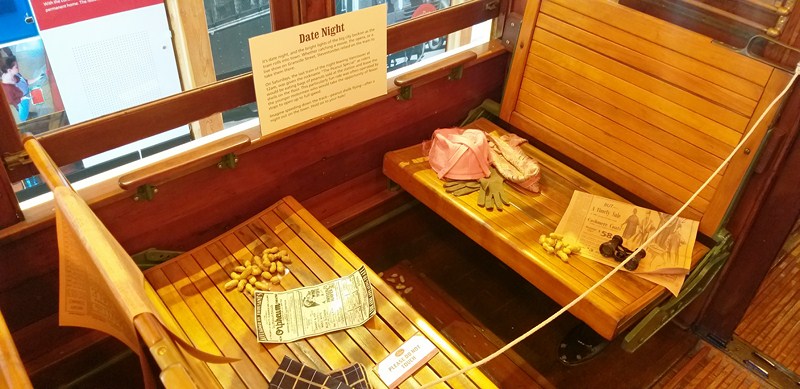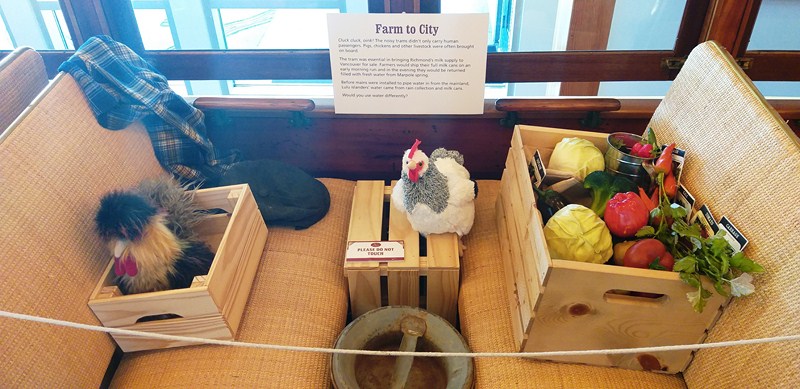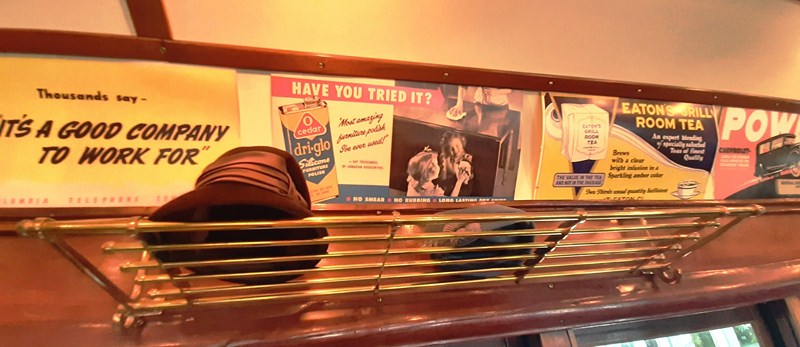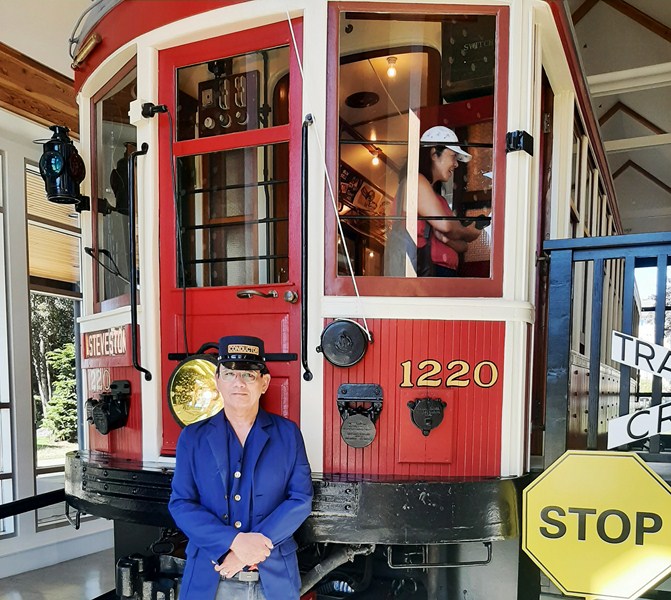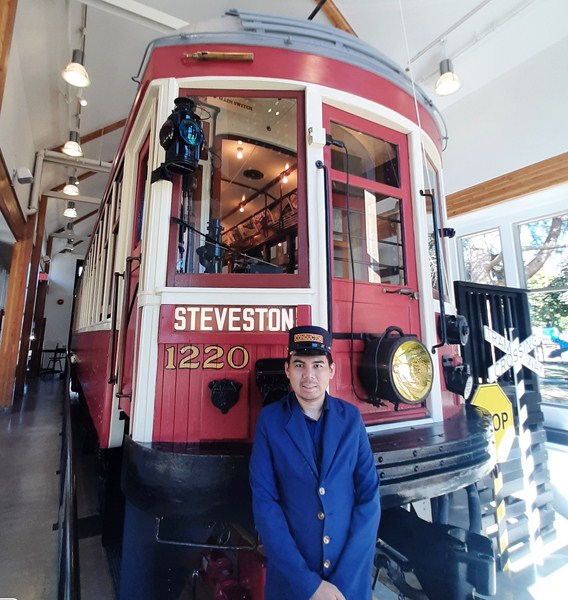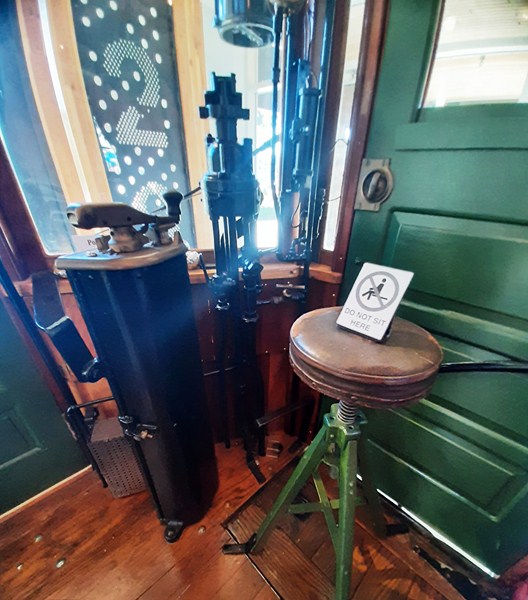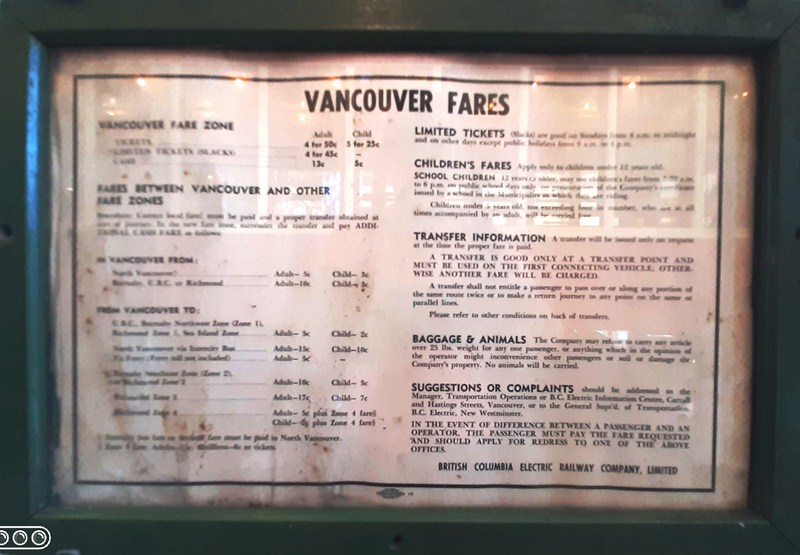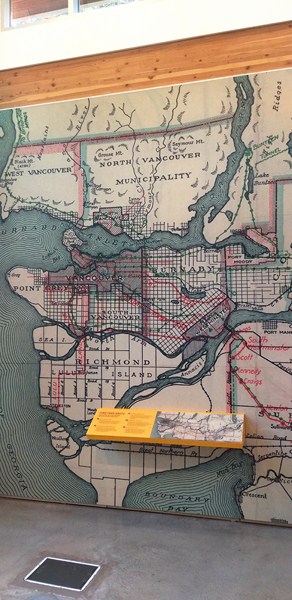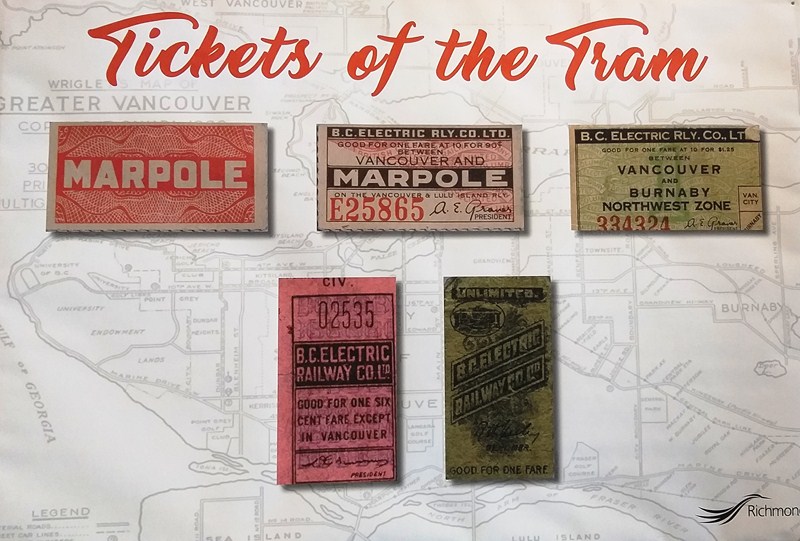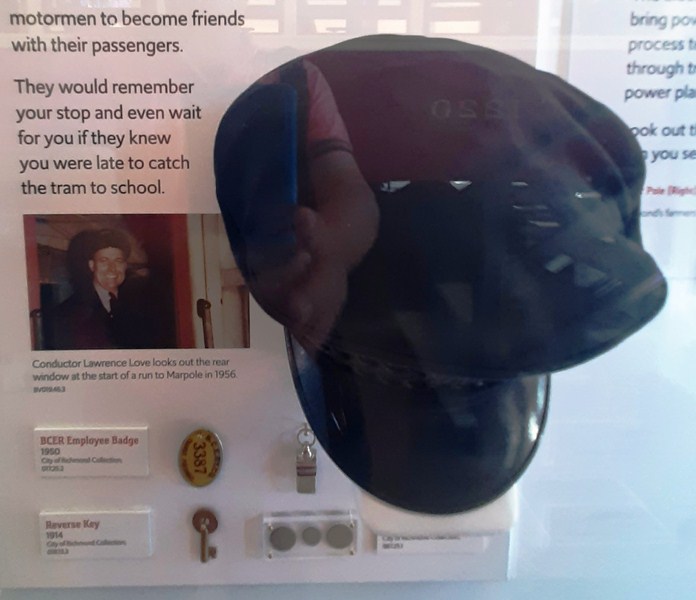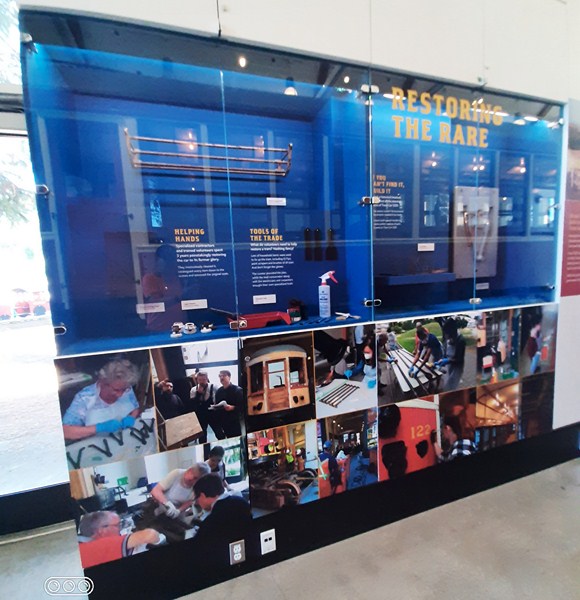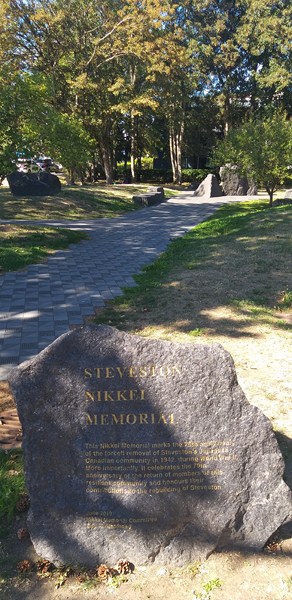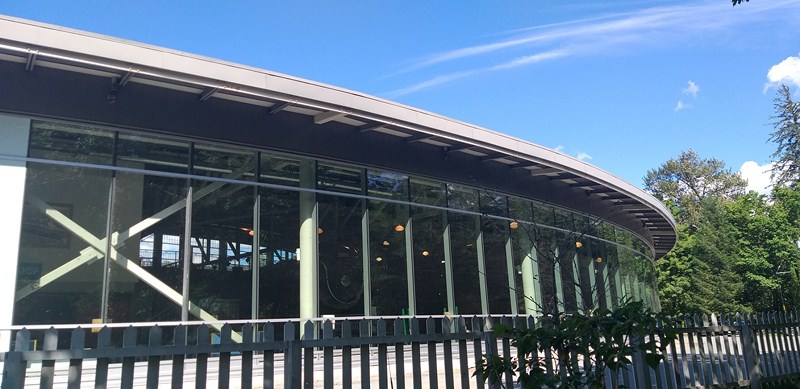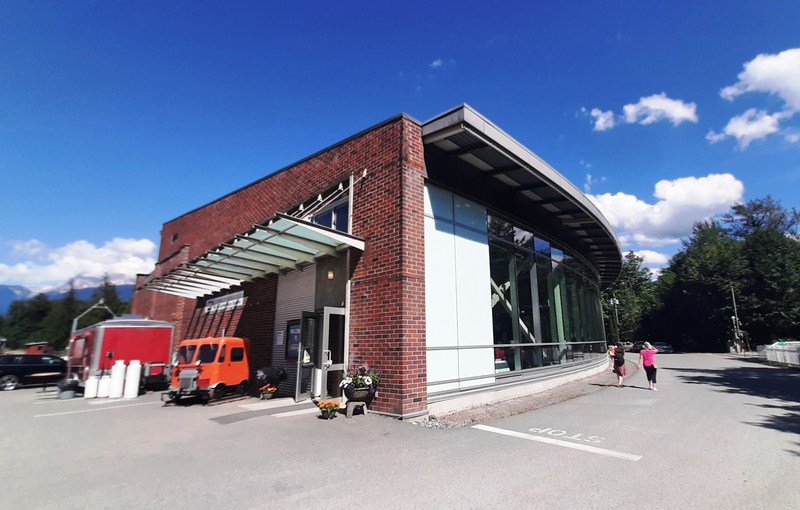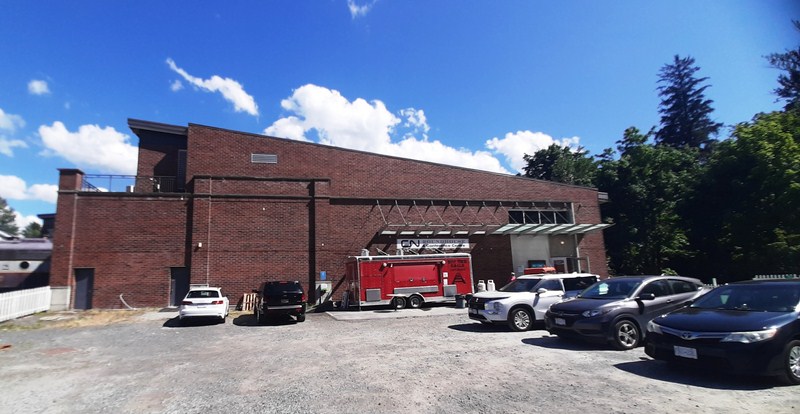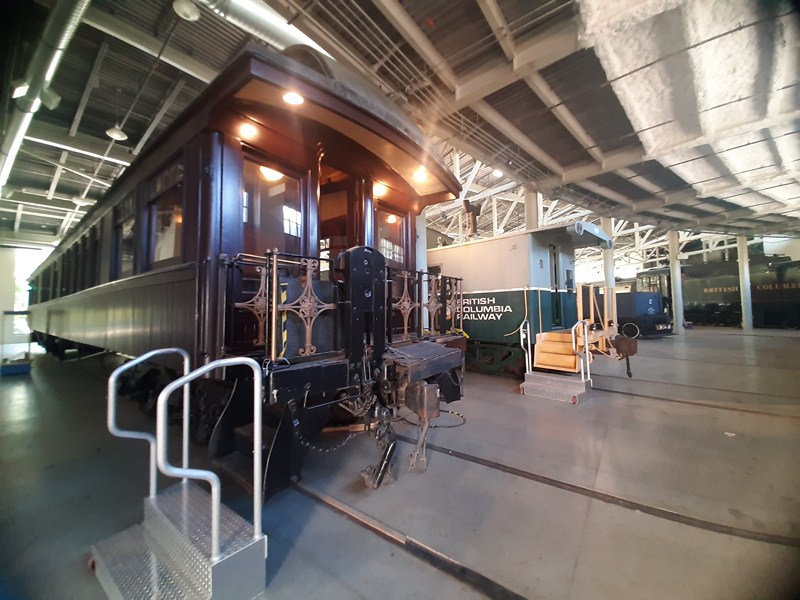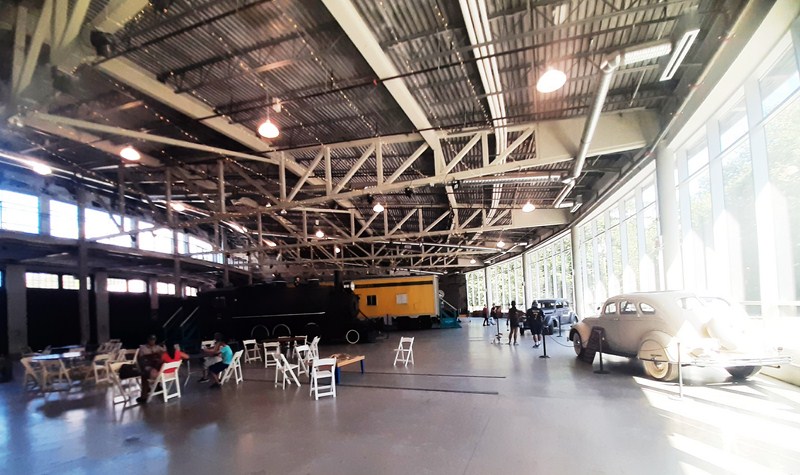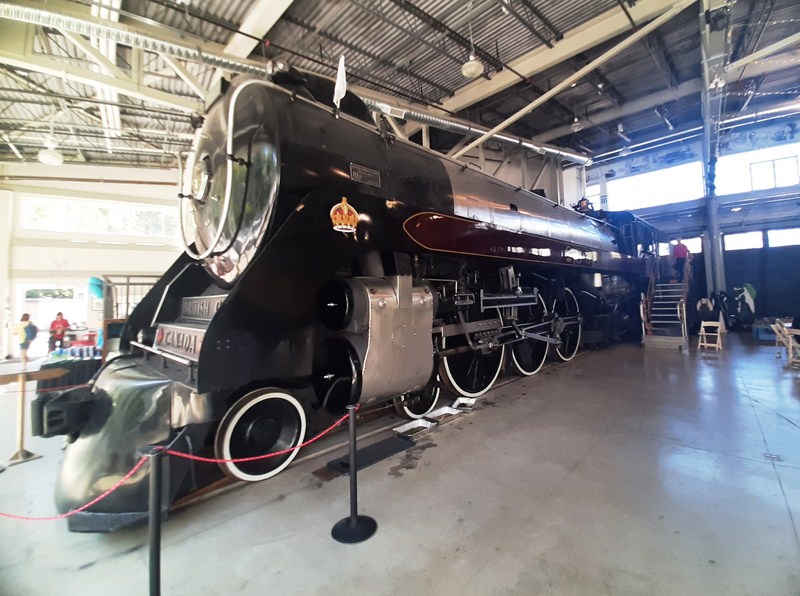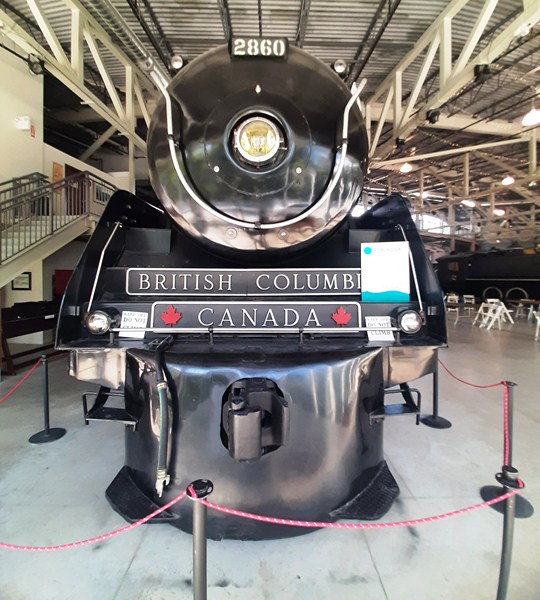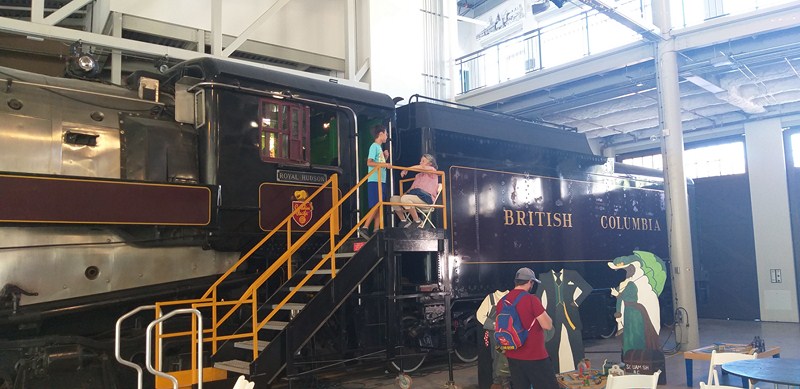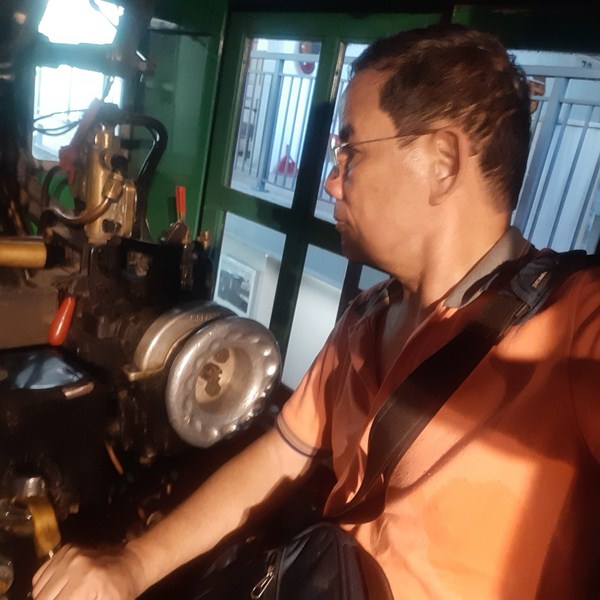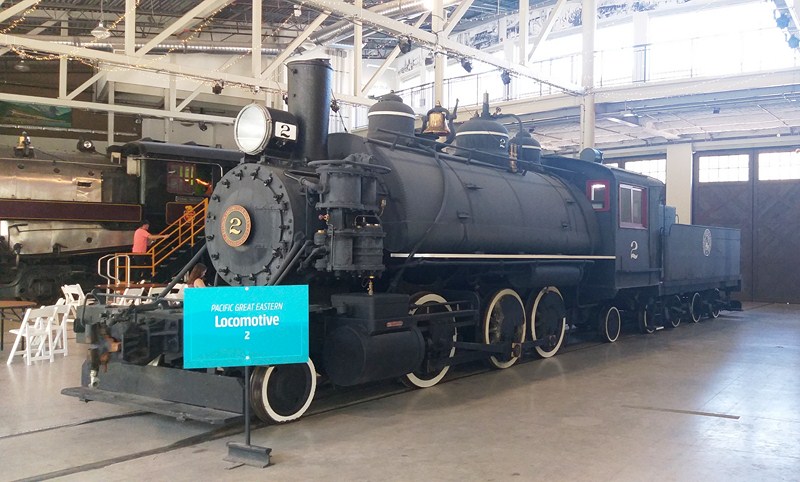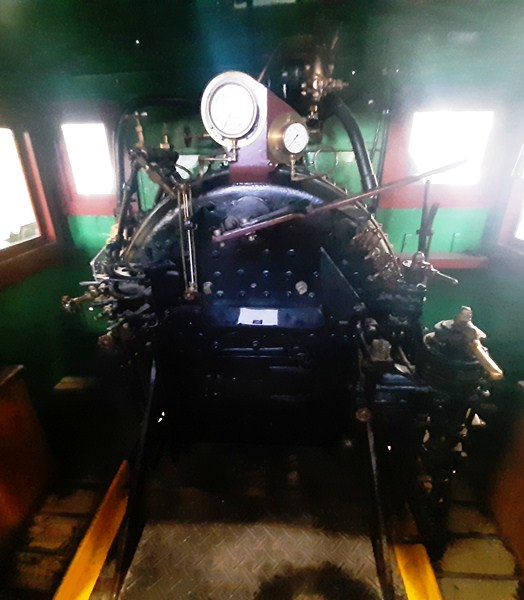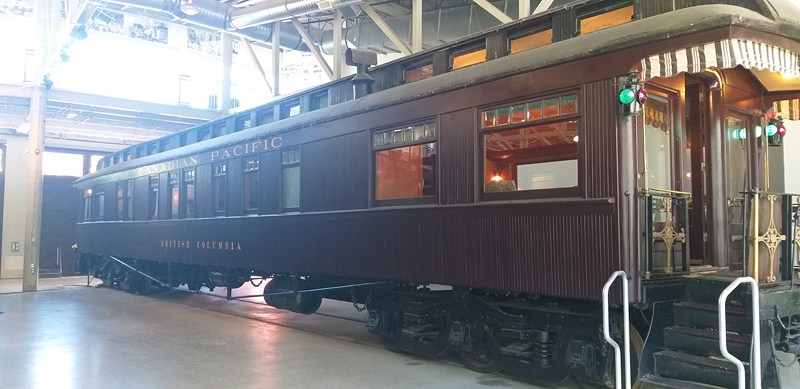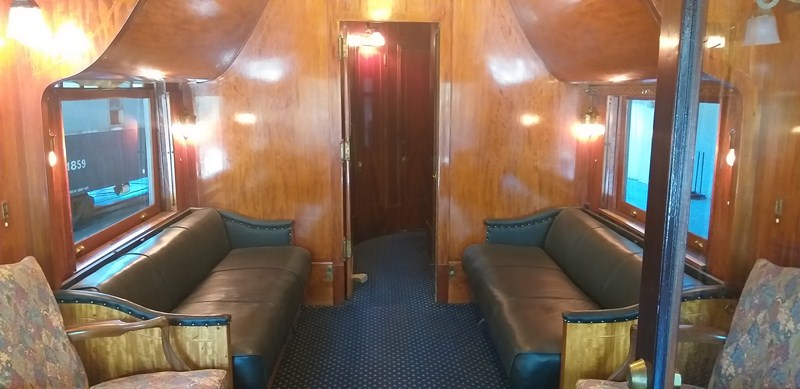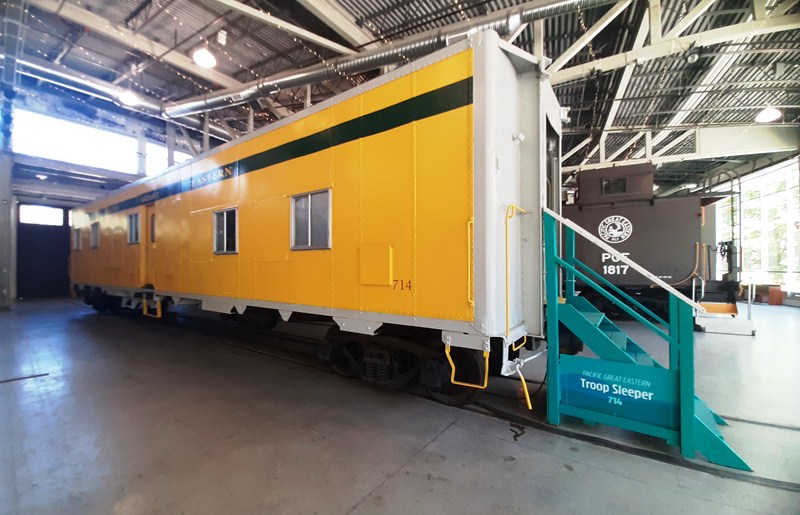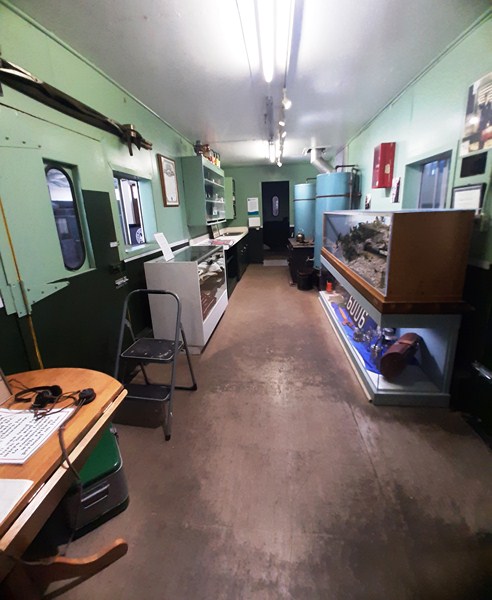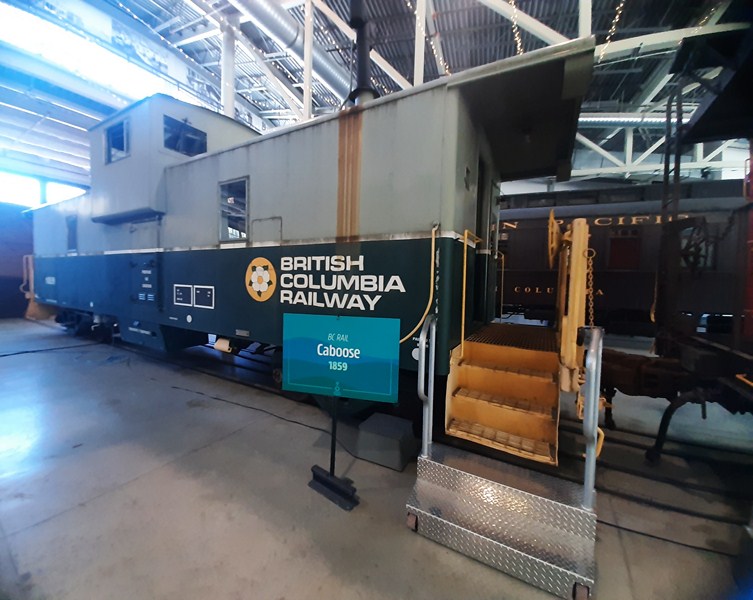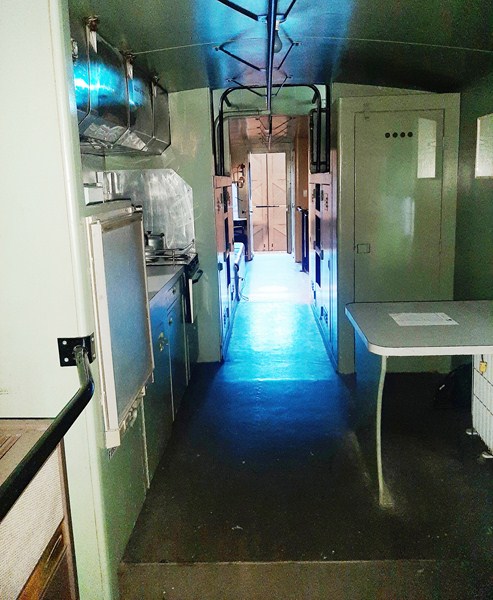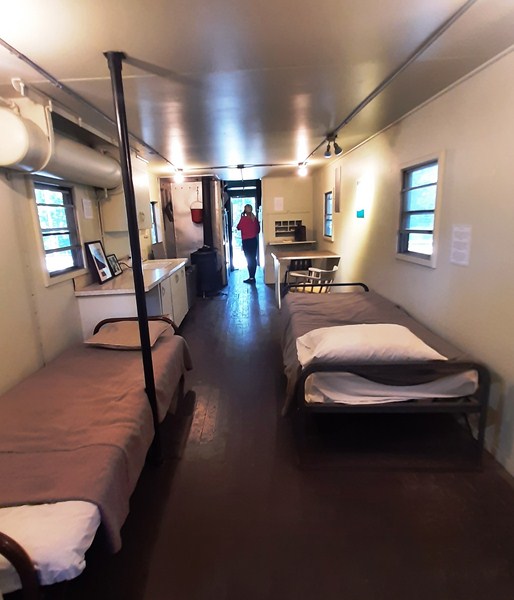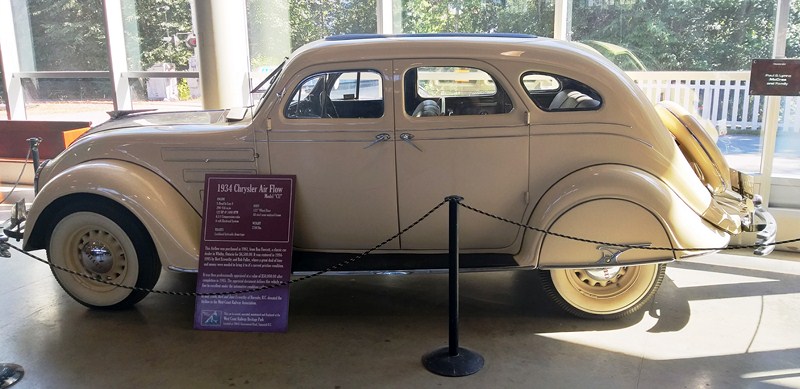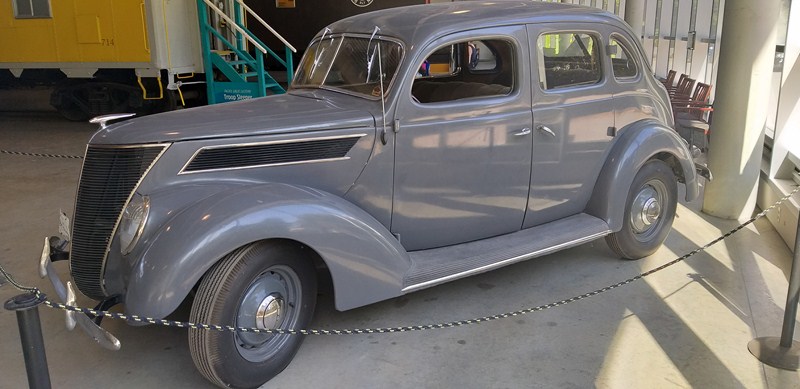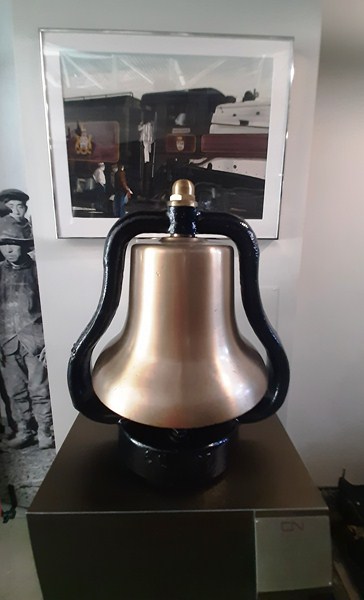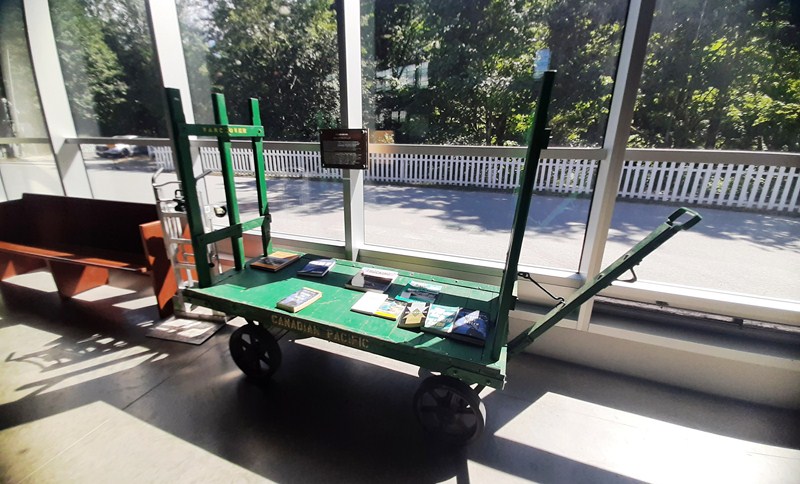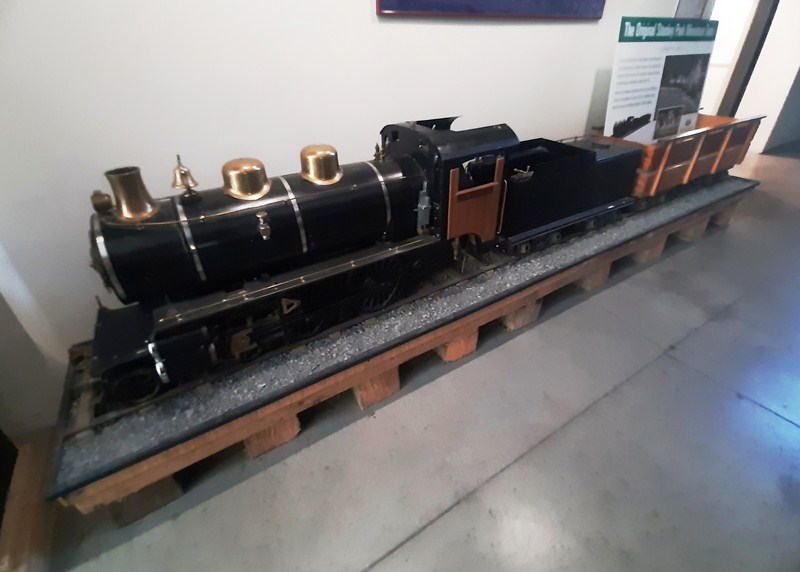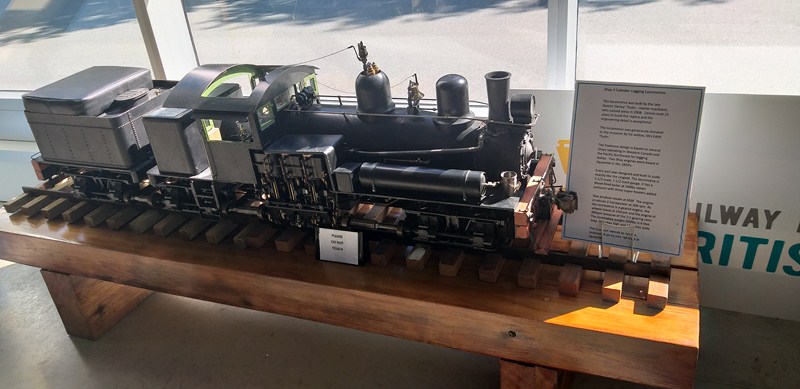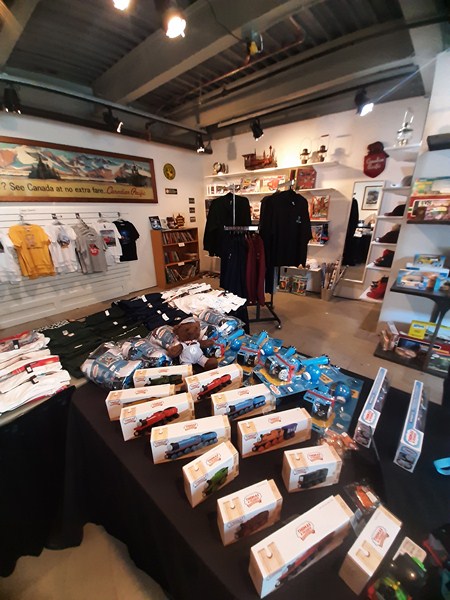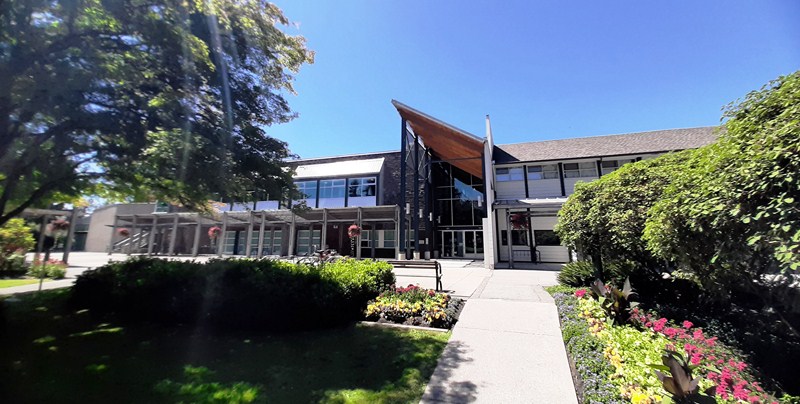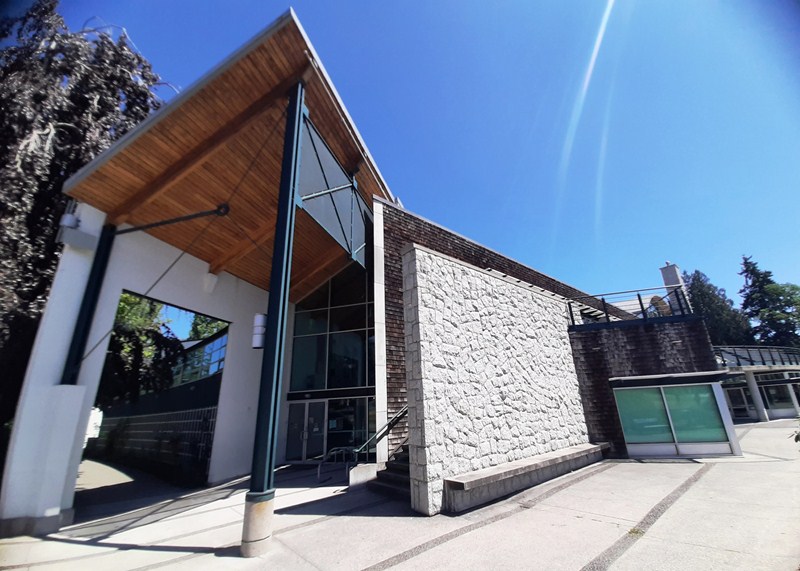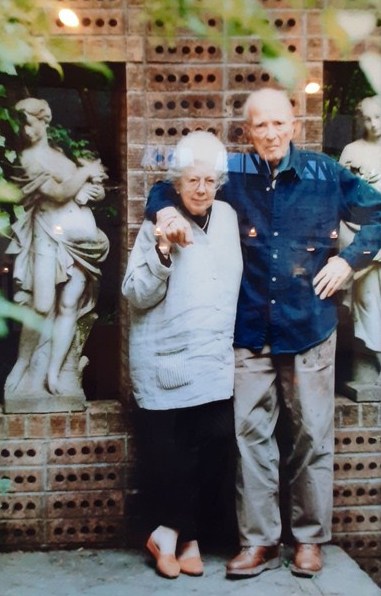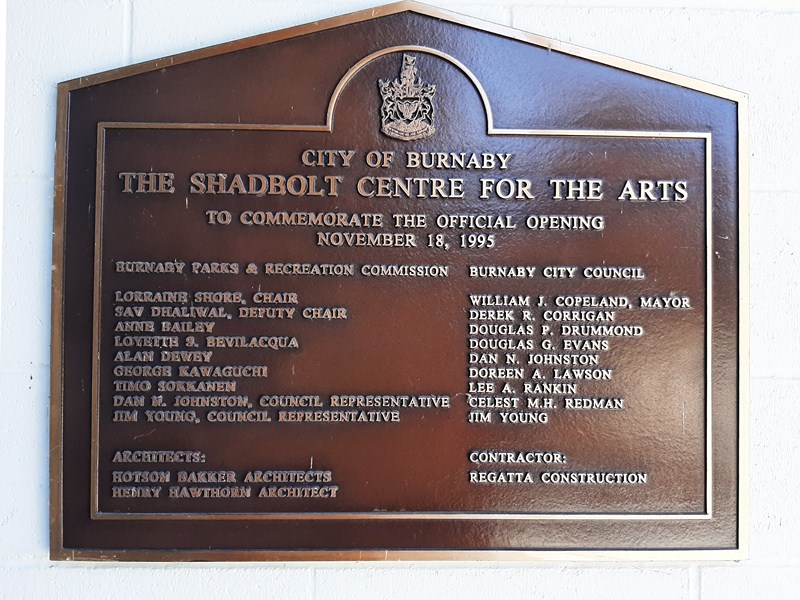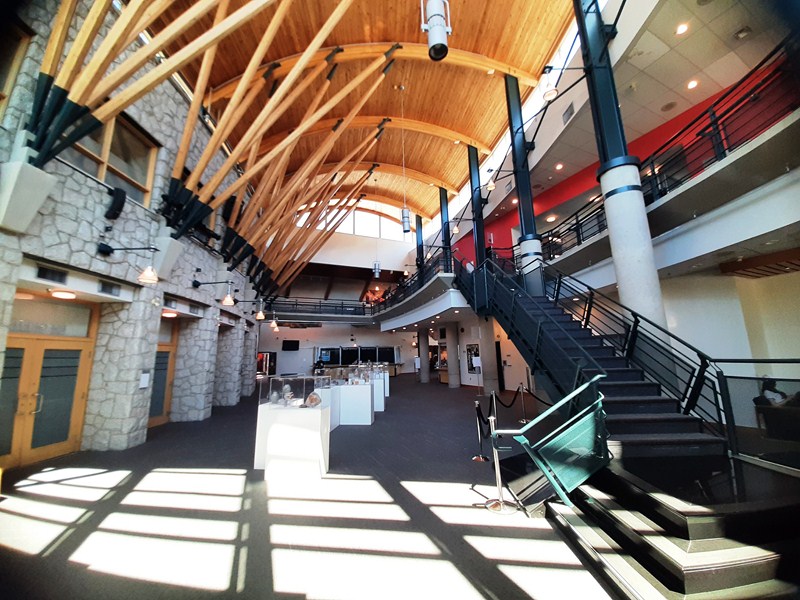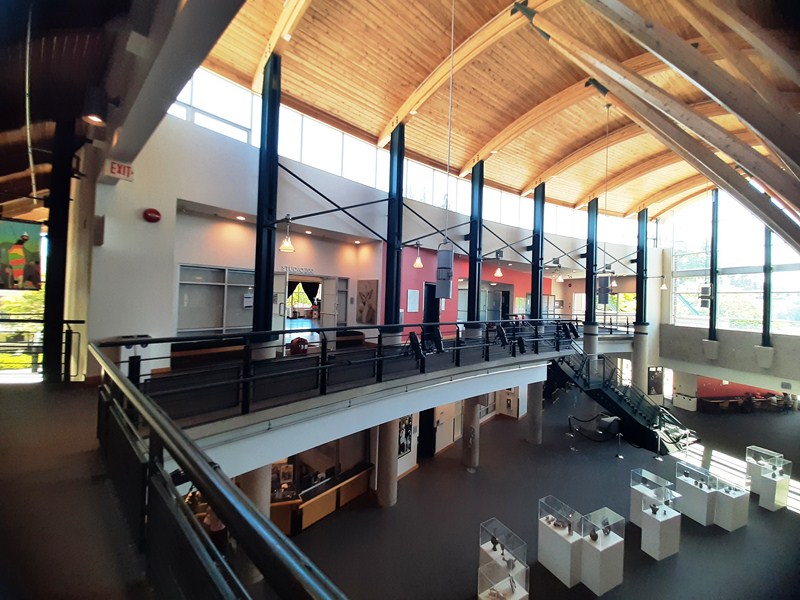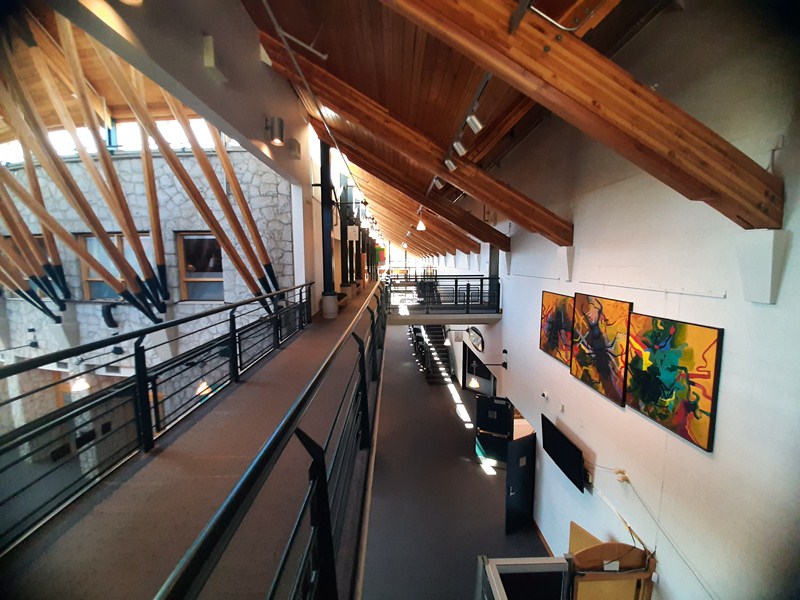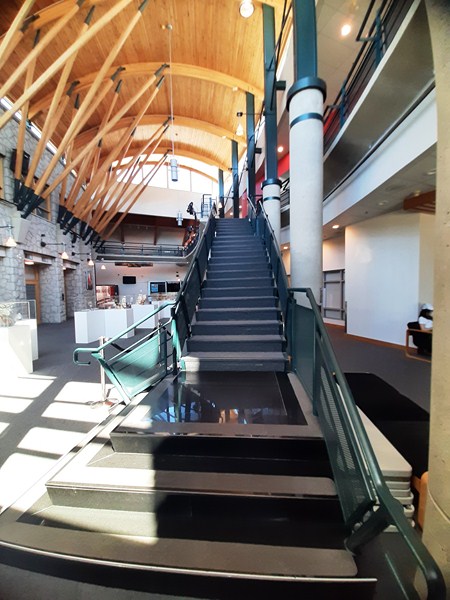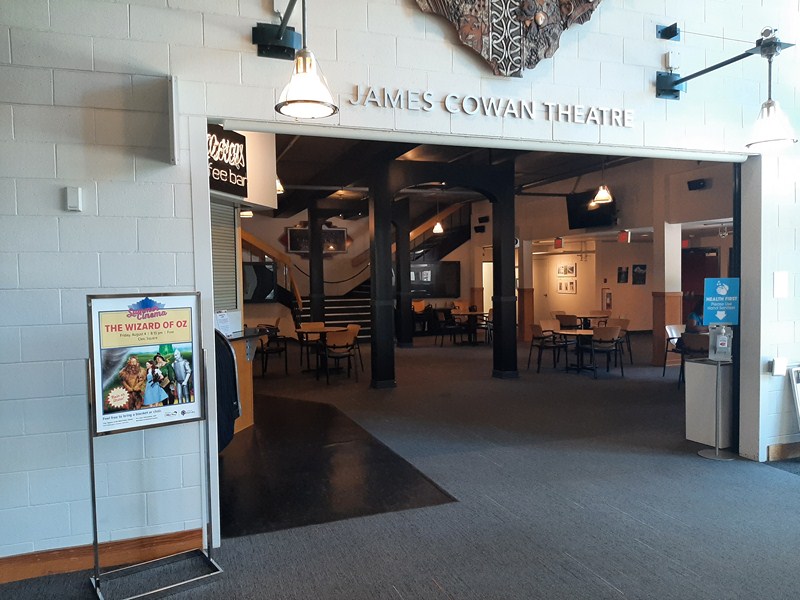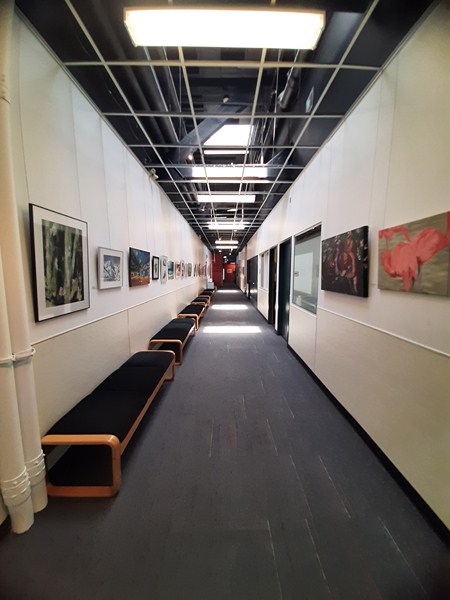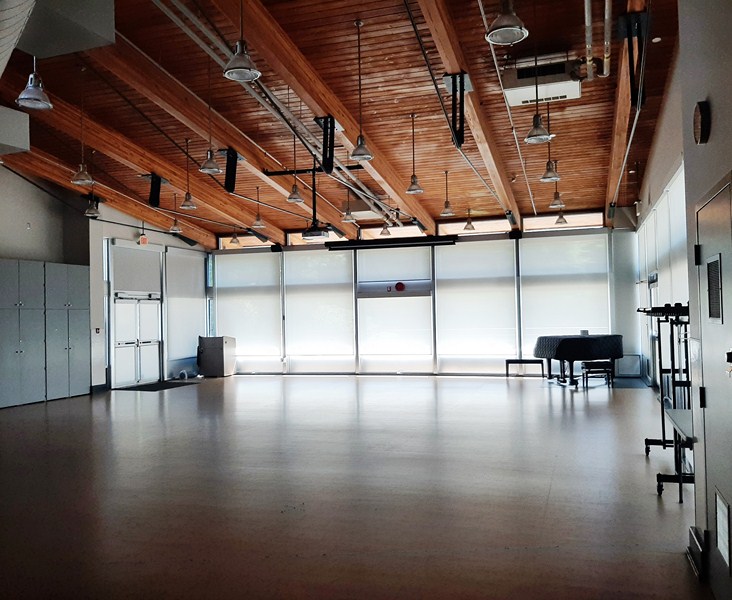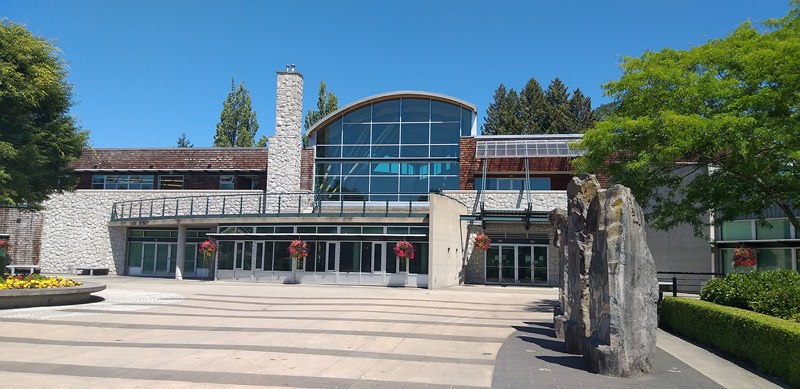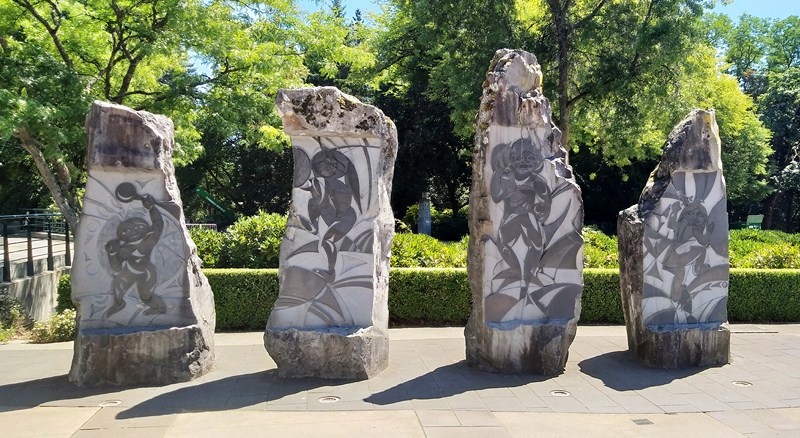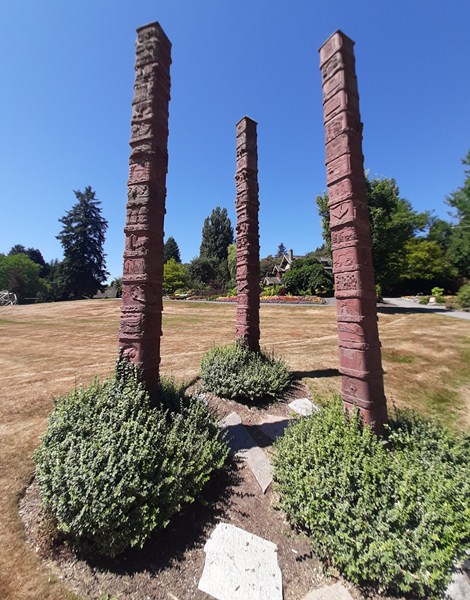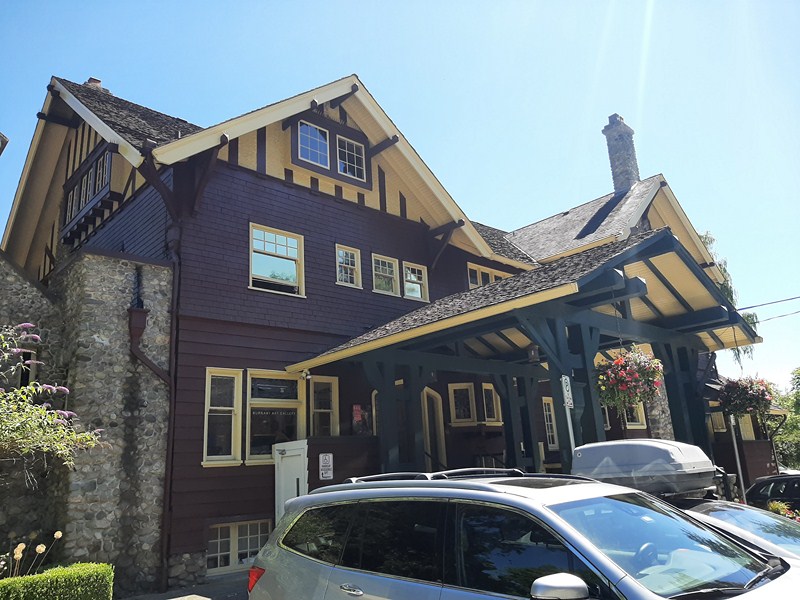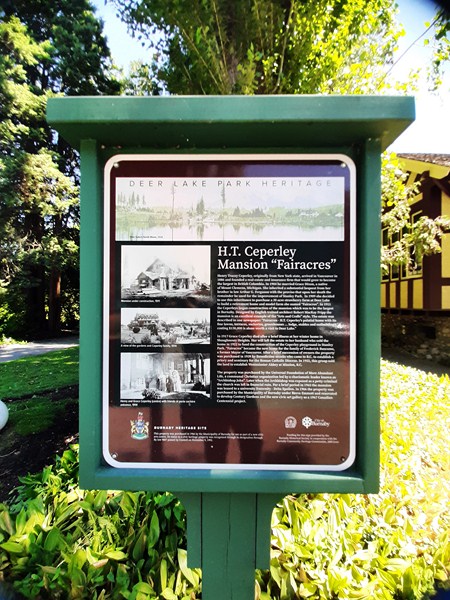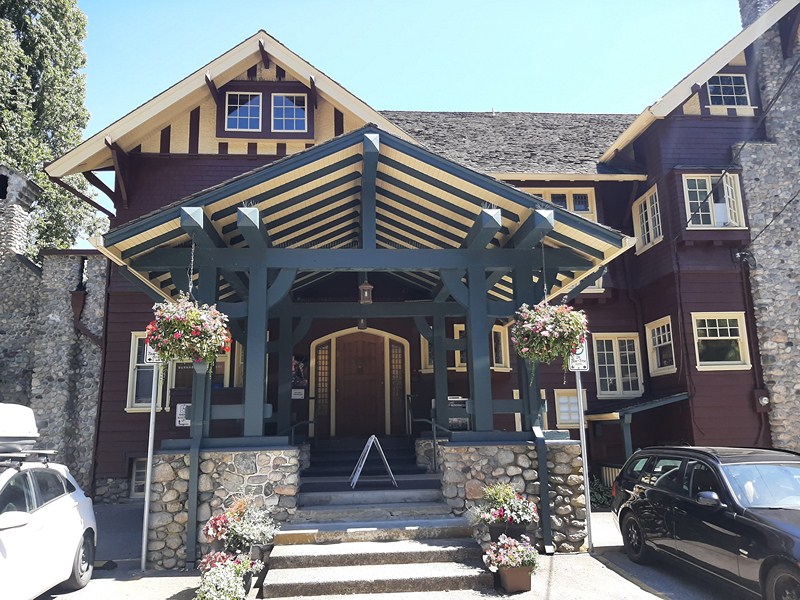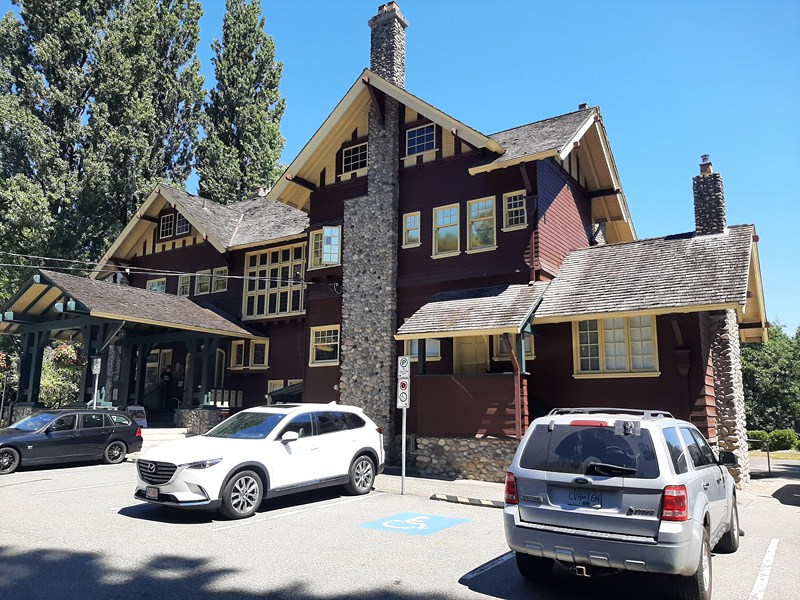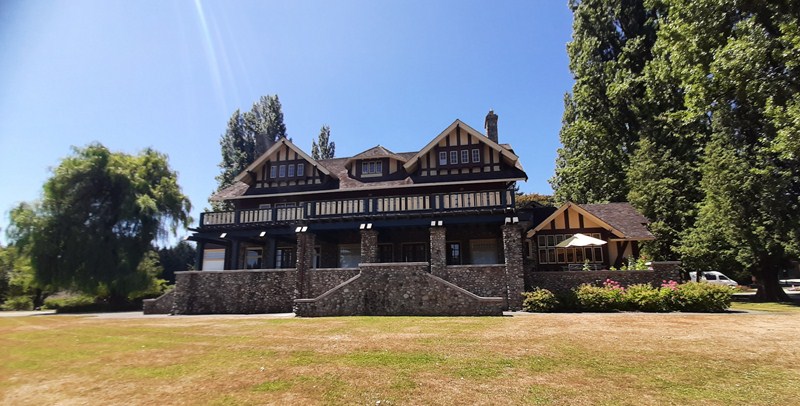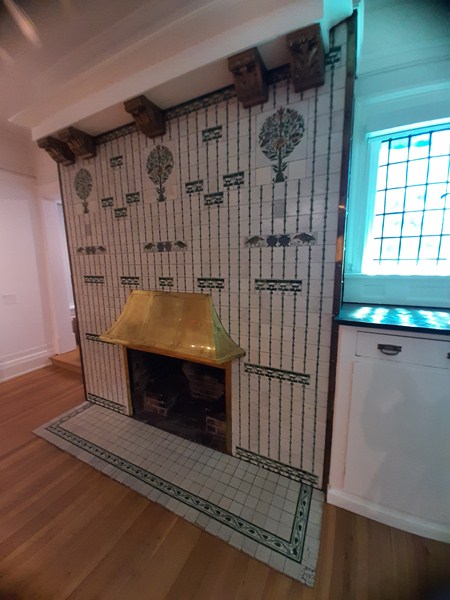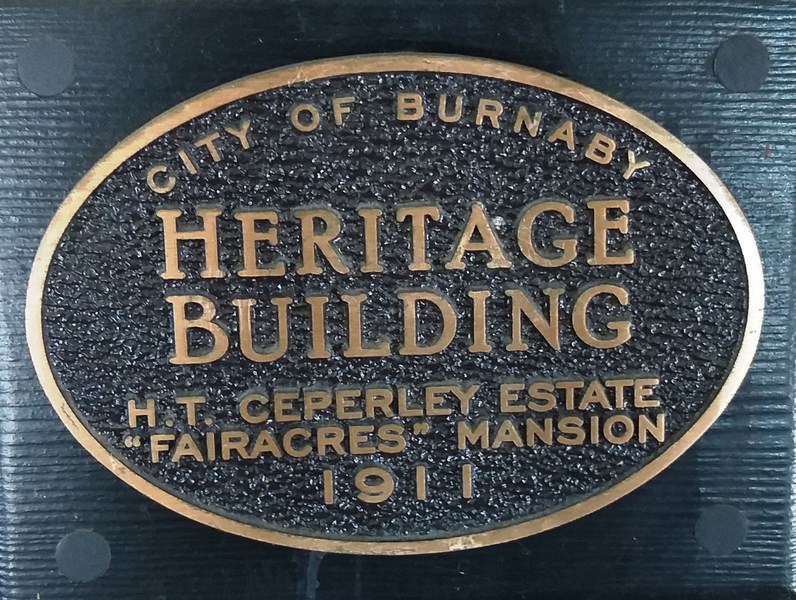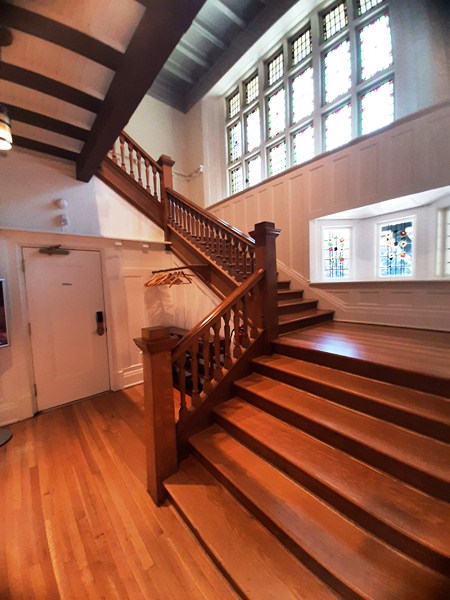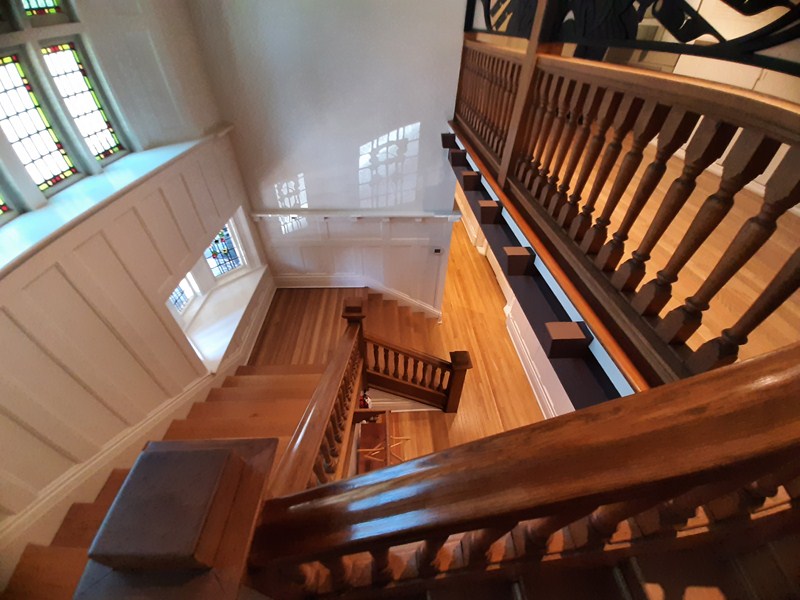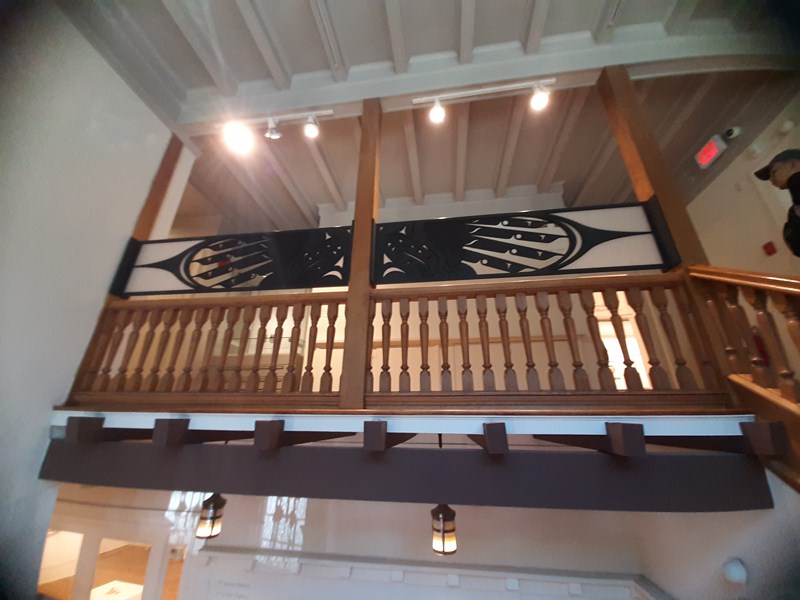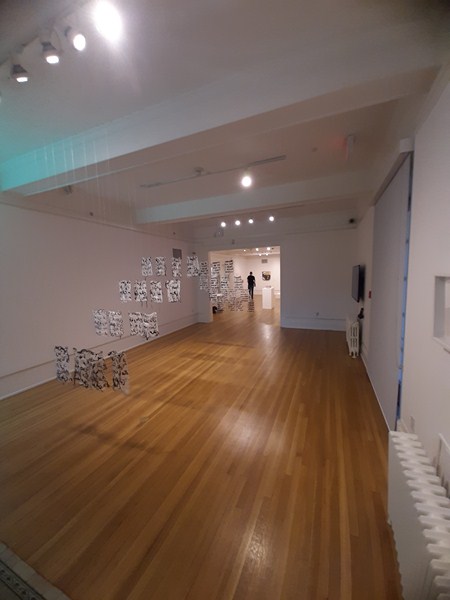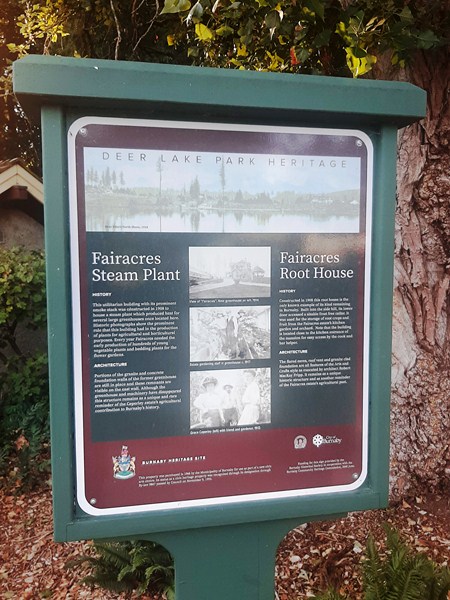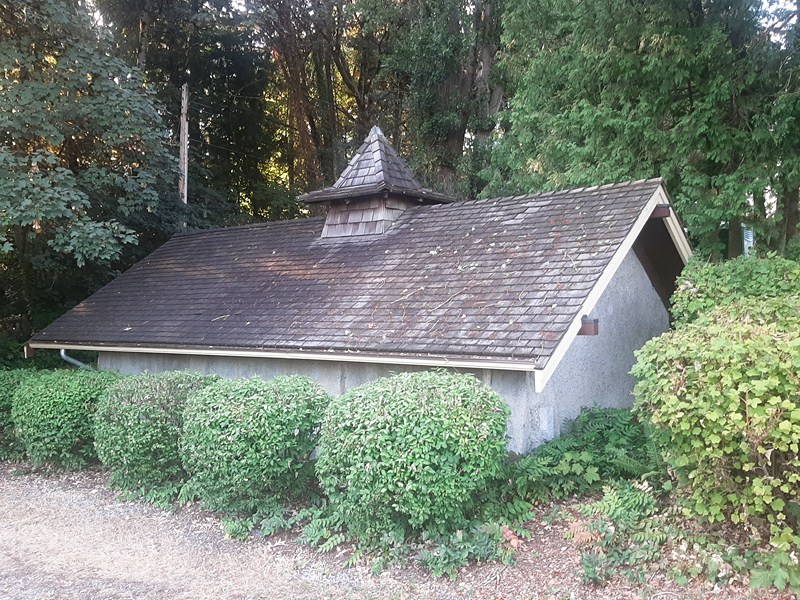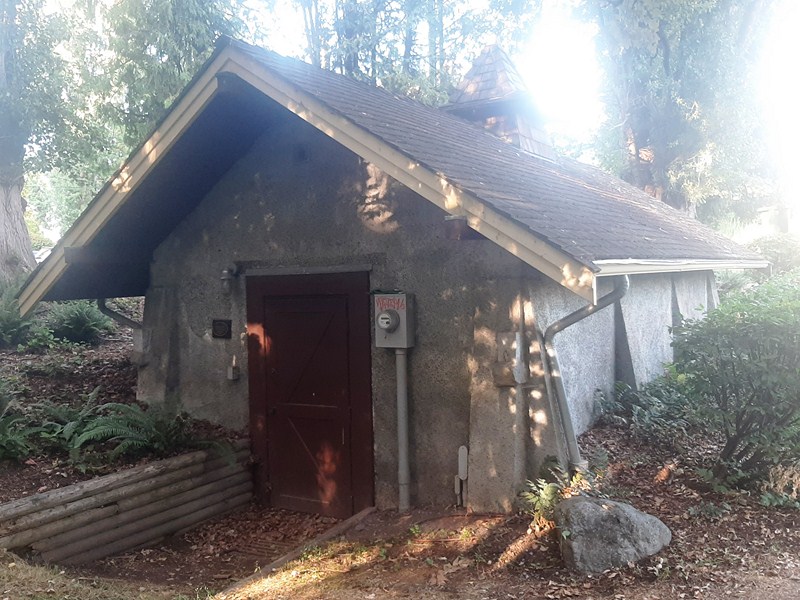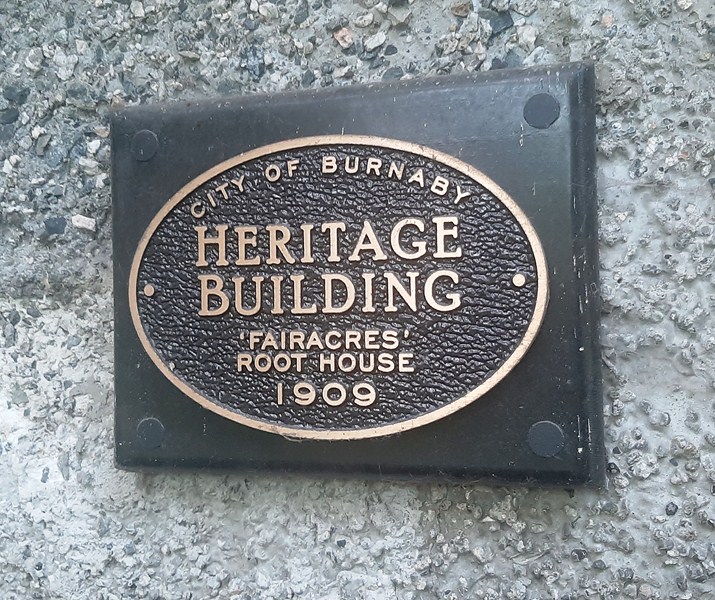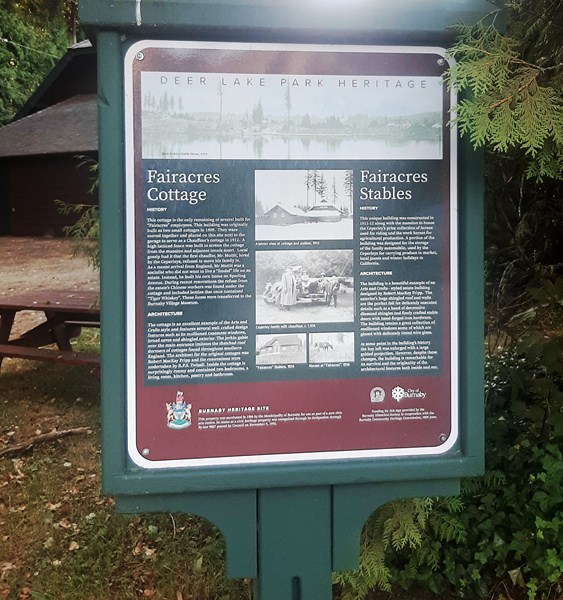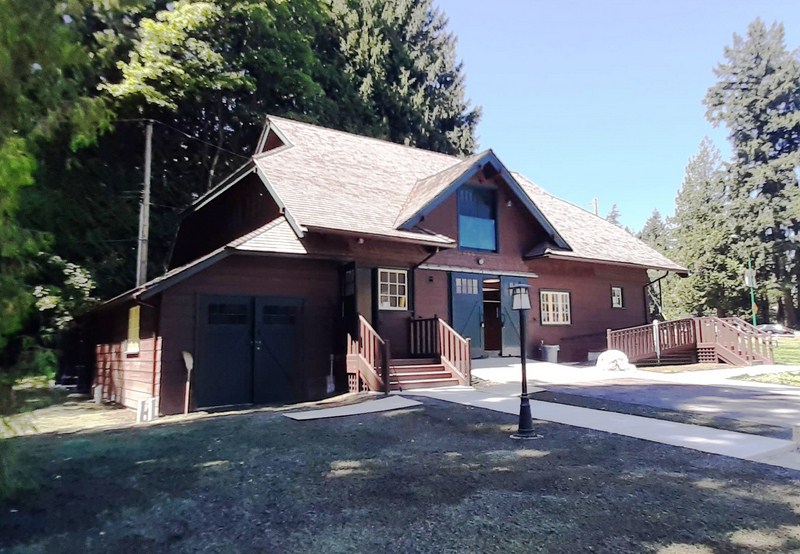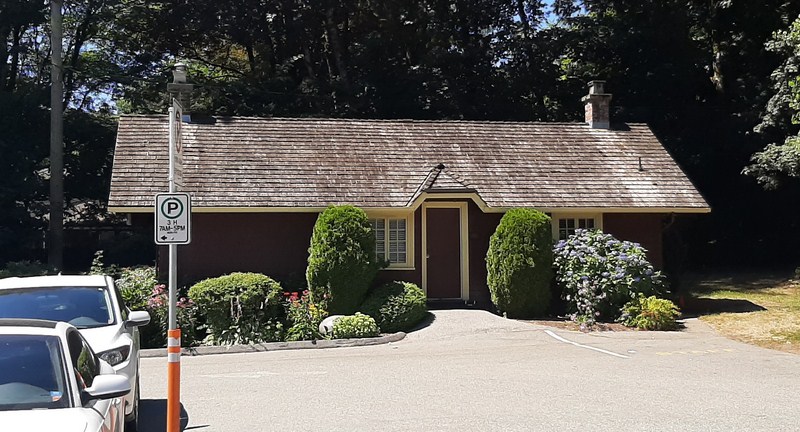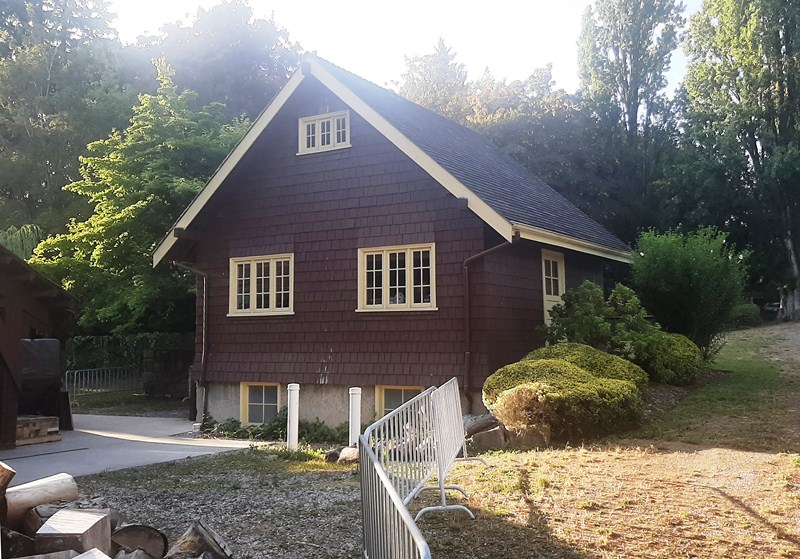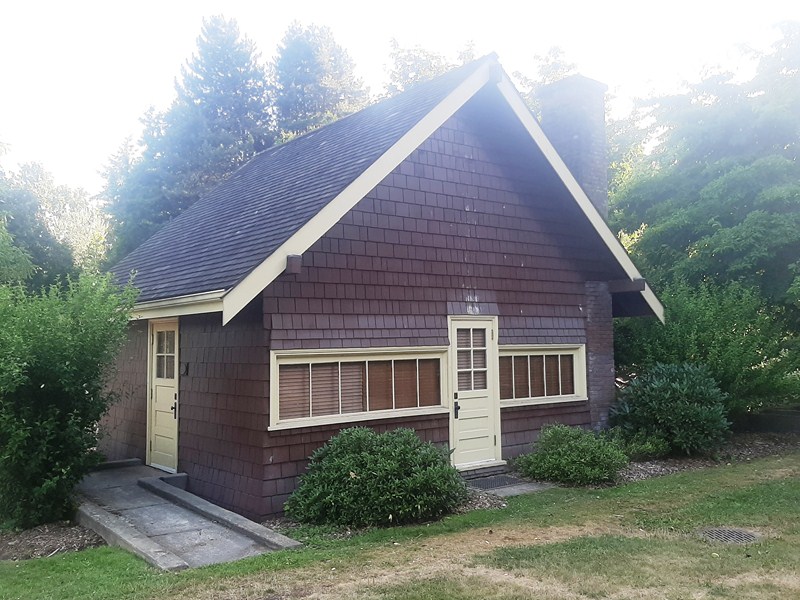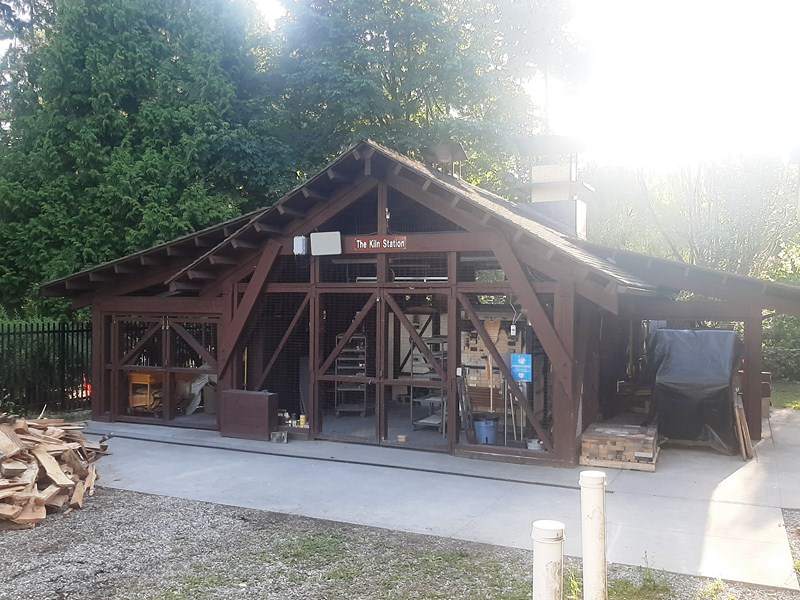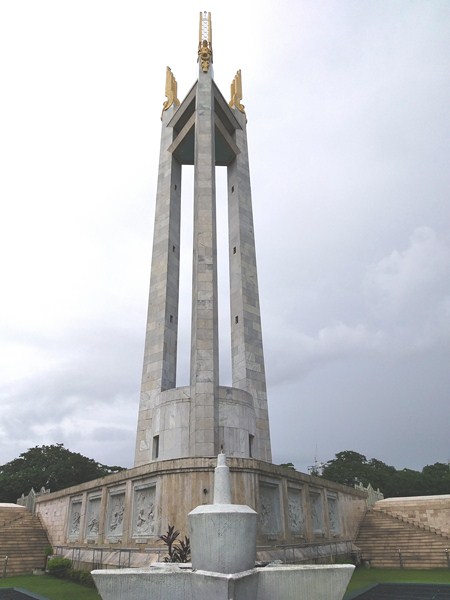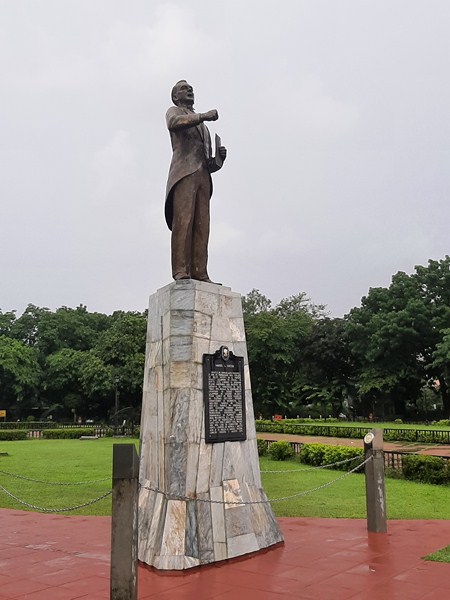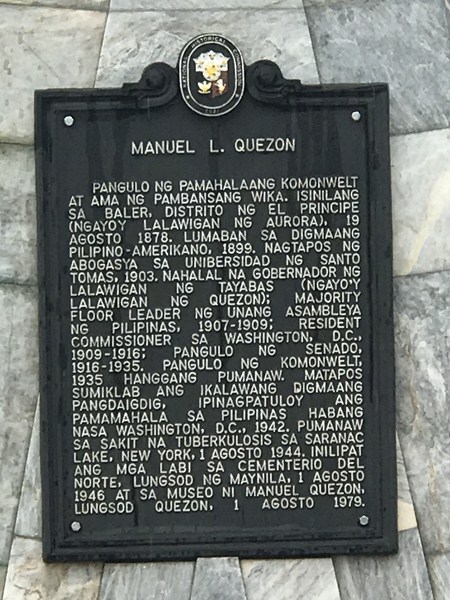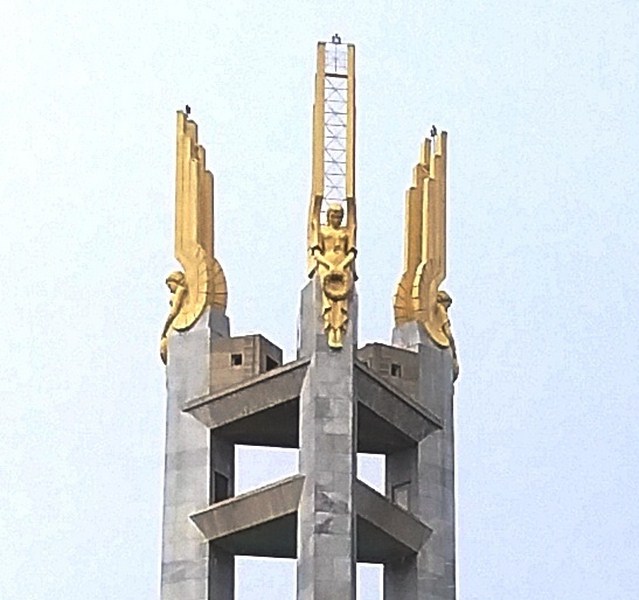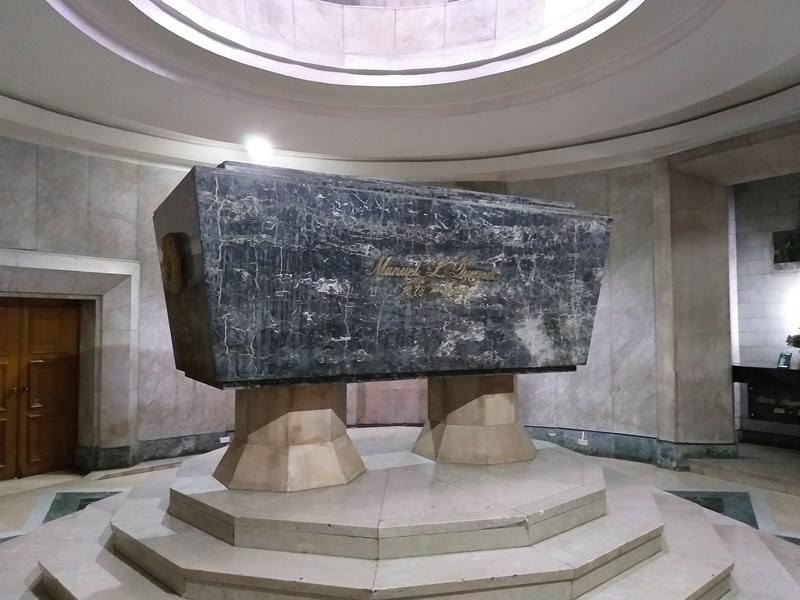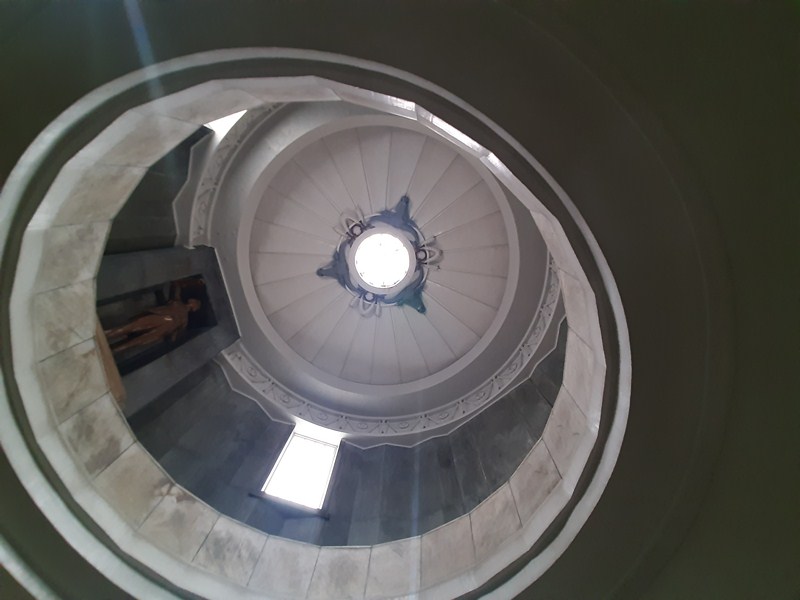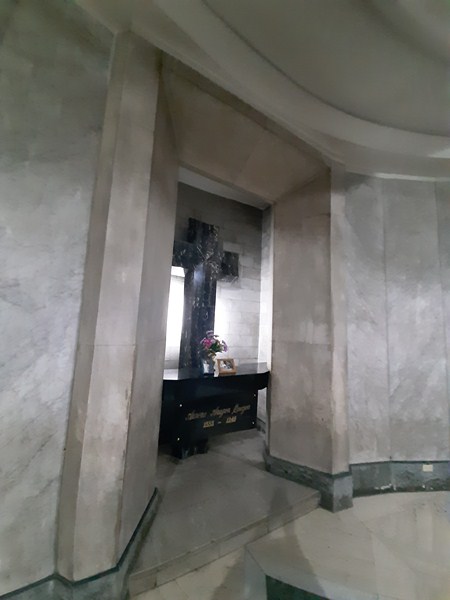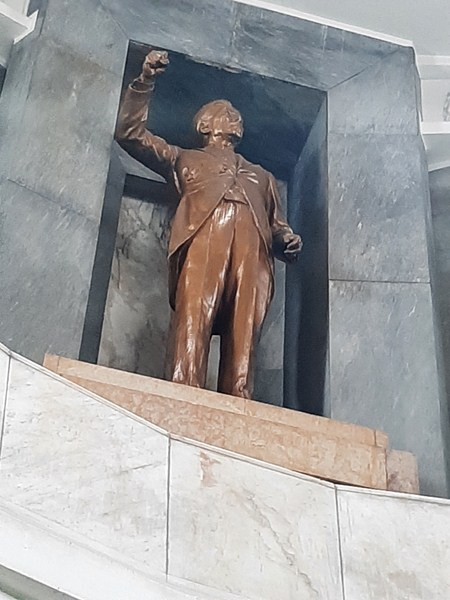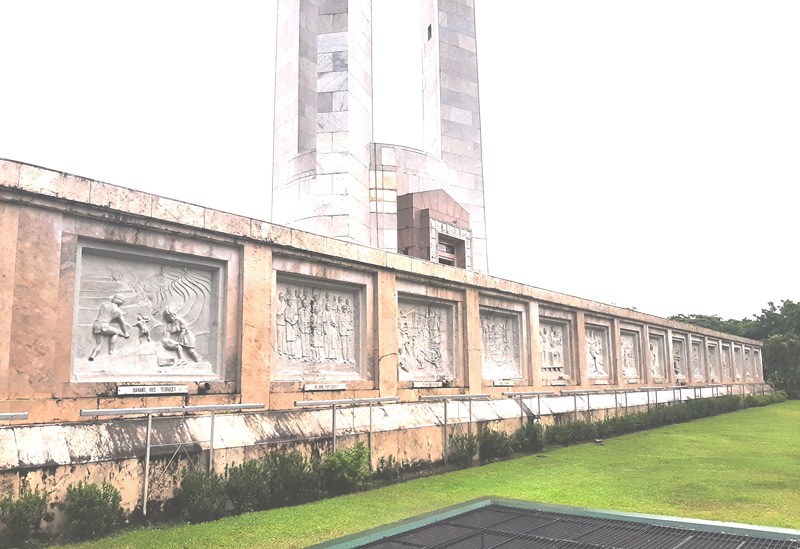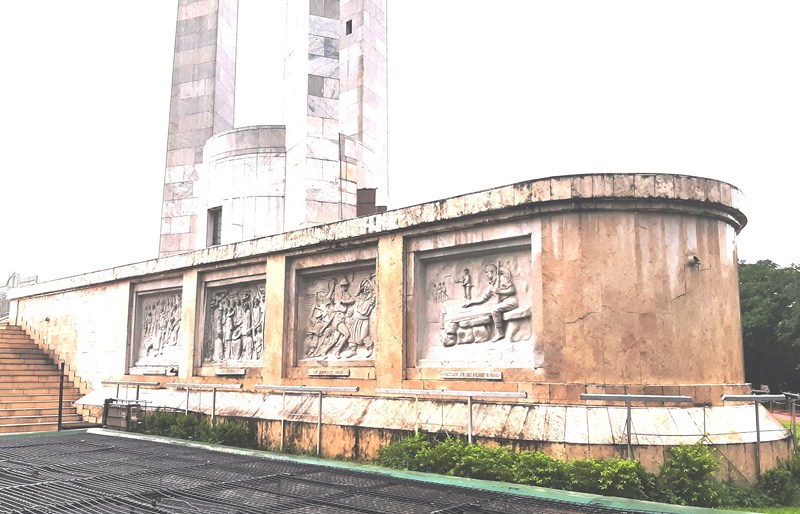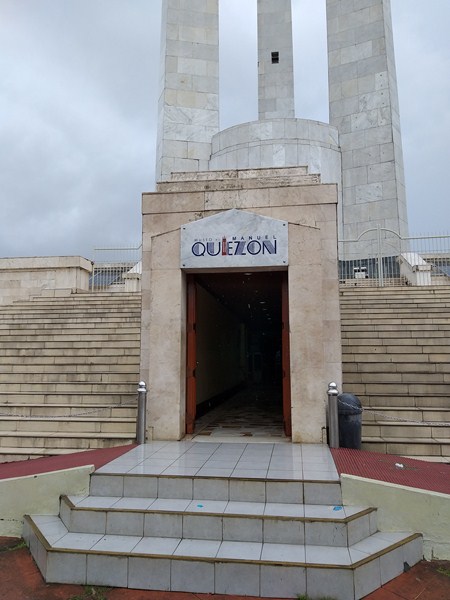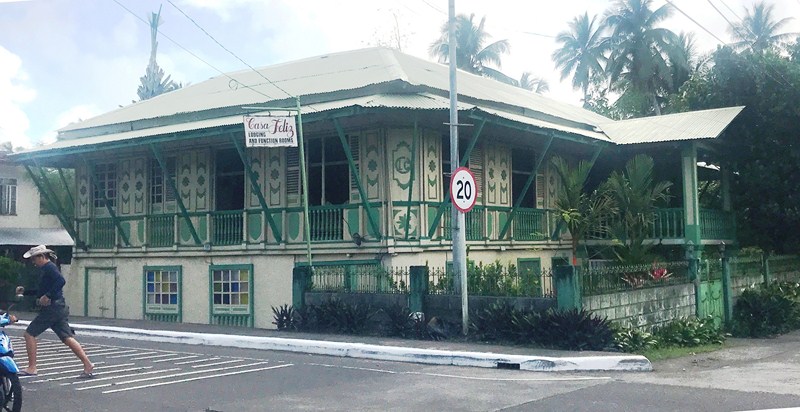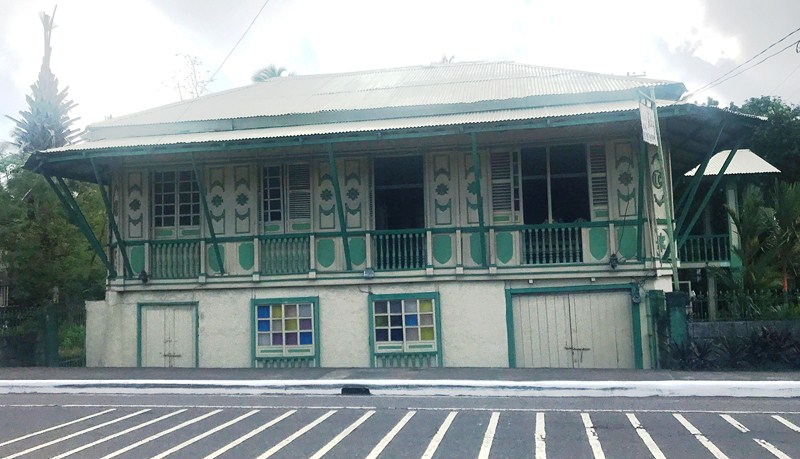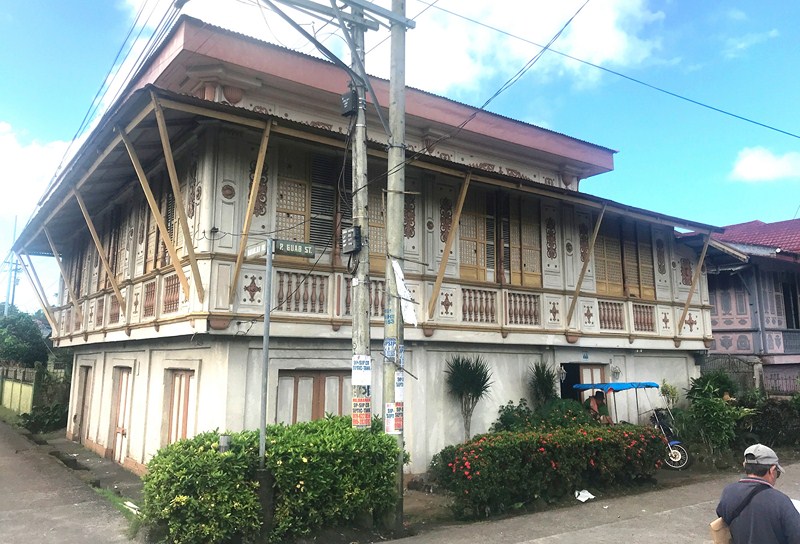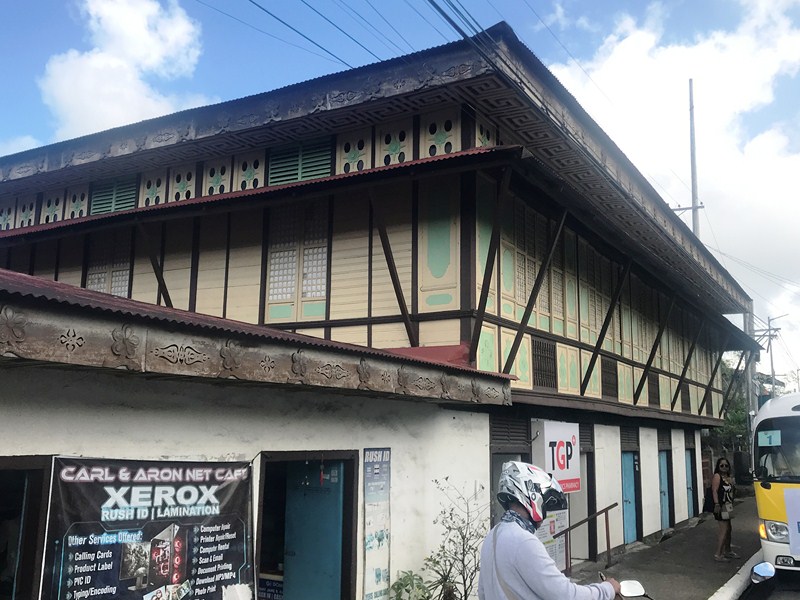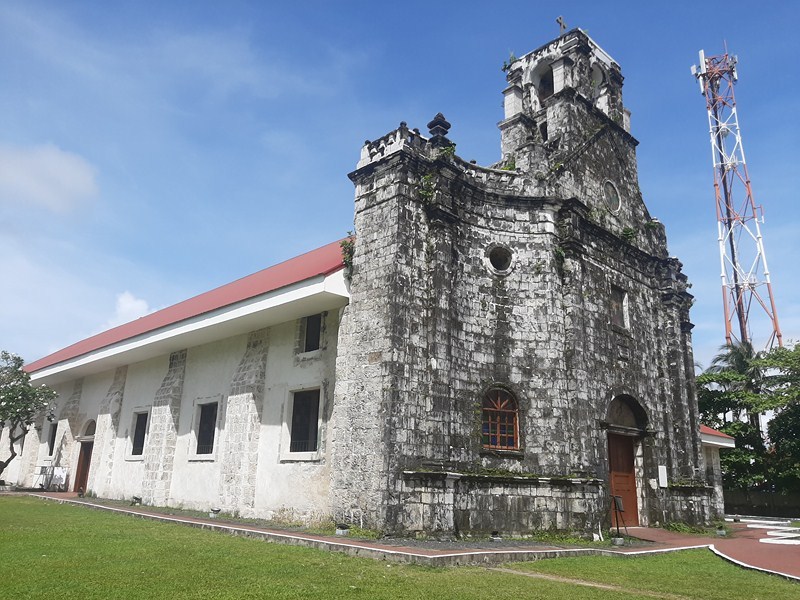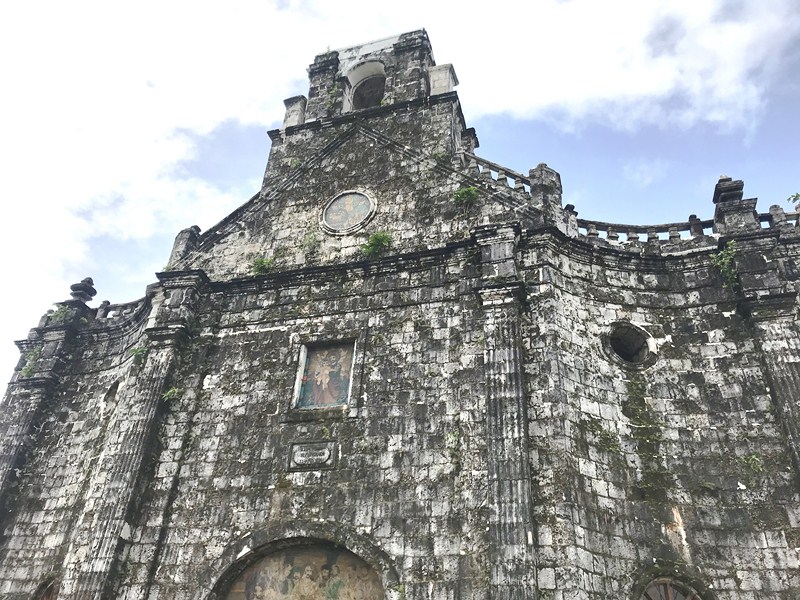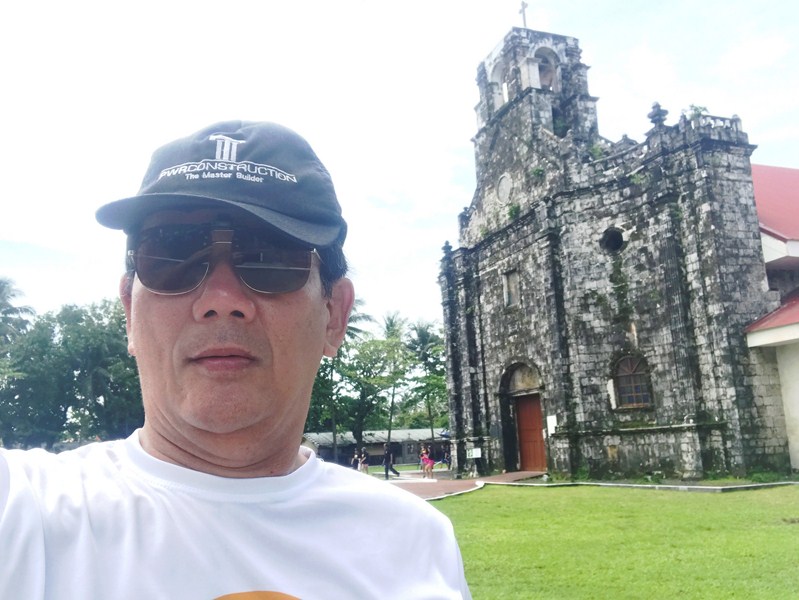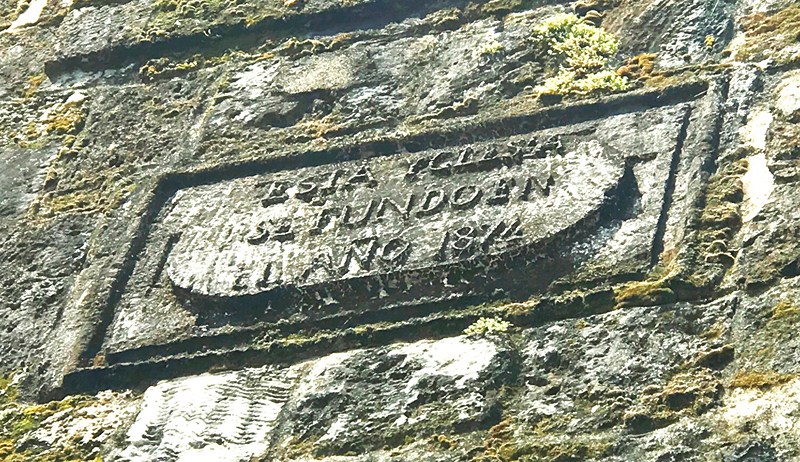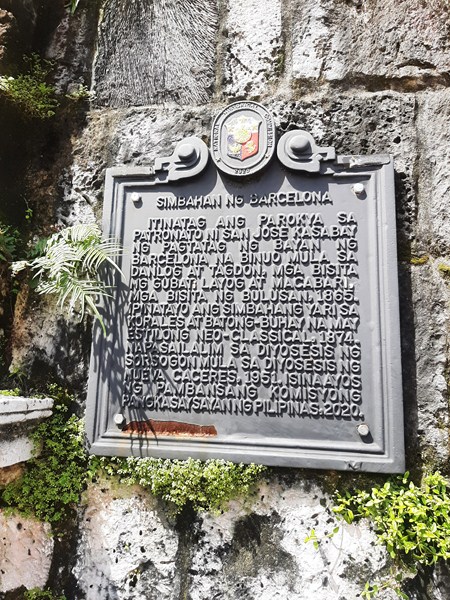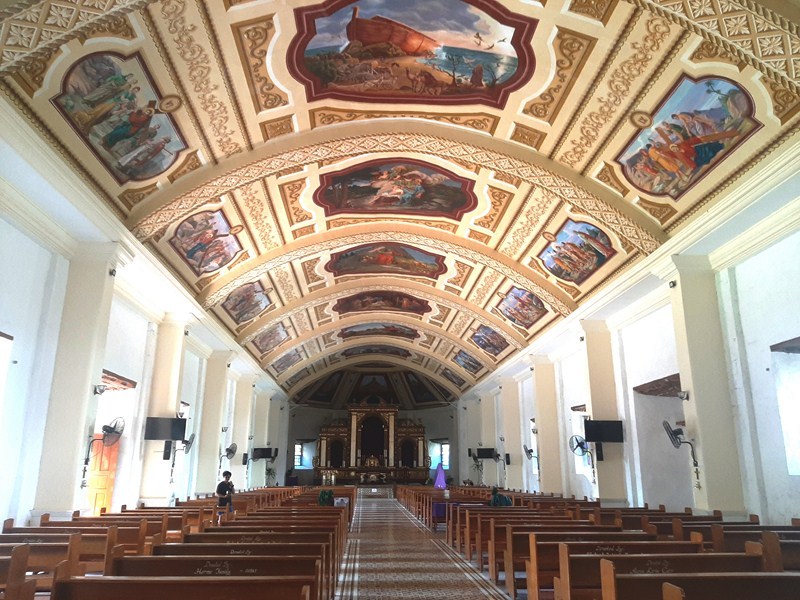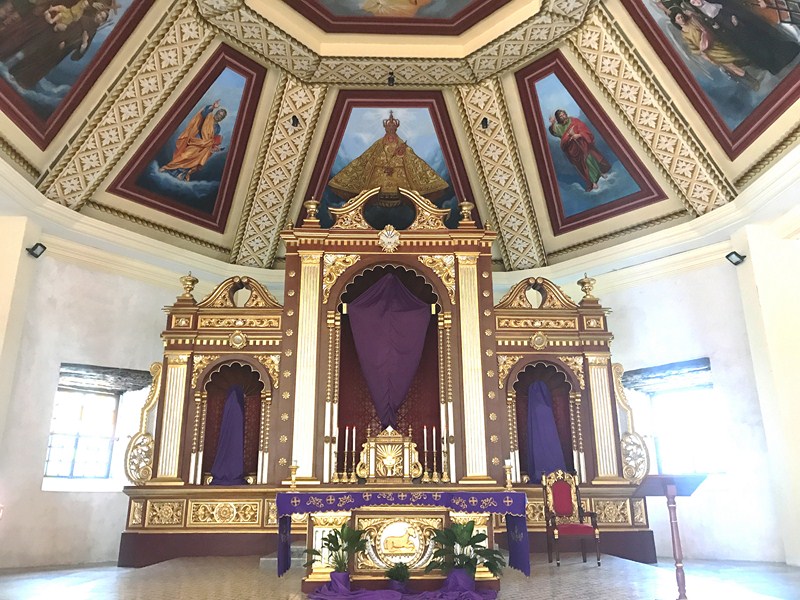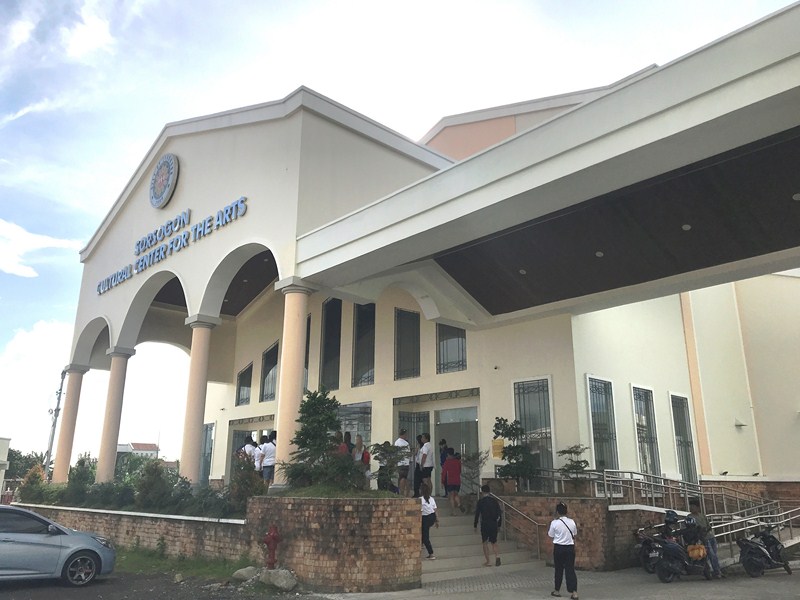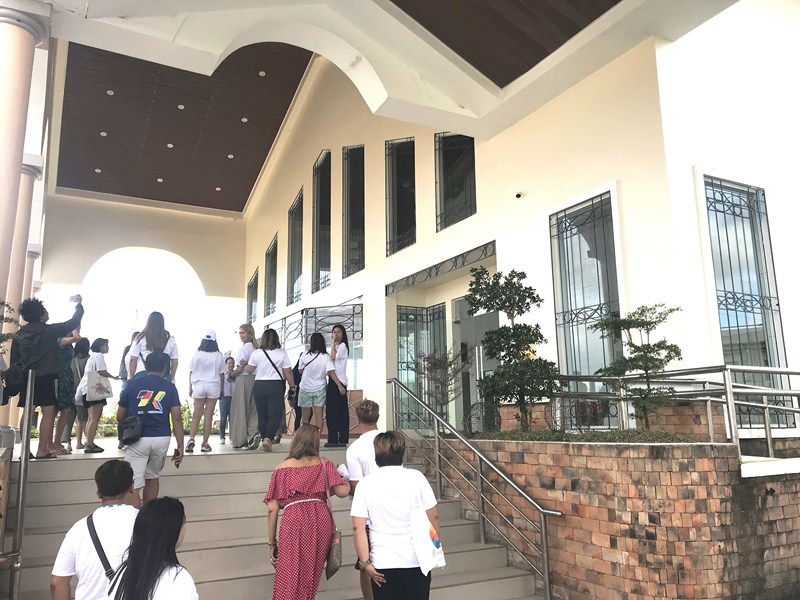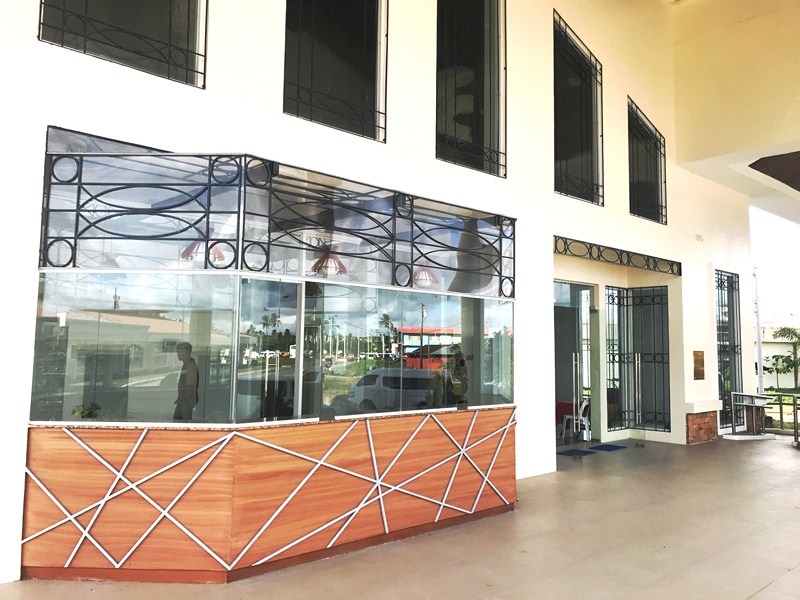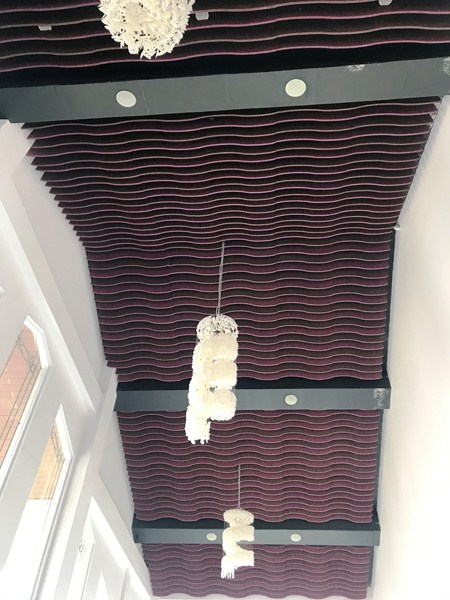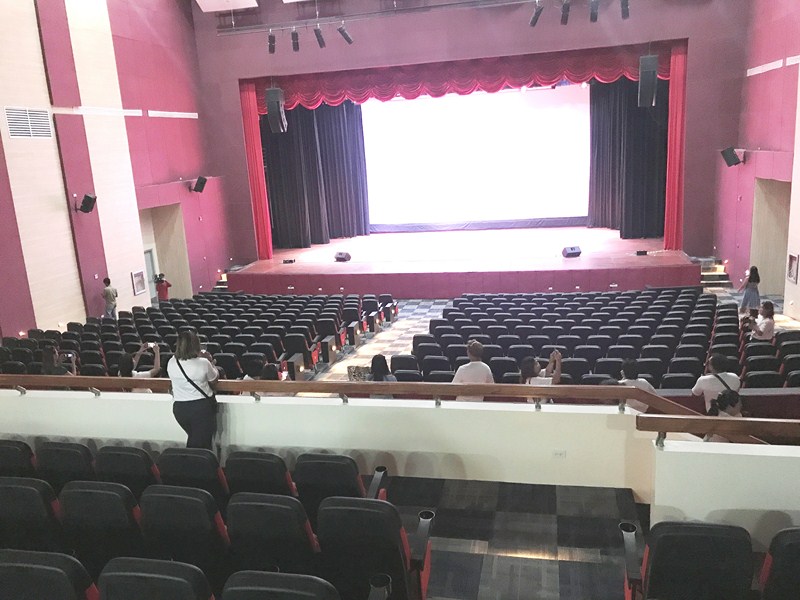A lot of my childhood memories included family visits to Tagaytay City, the country’s other summer capital (after Baguio City), where we enjoyed the cool and crisp (average temperature is 22.7º Celsius) mountain air and a picture-pretty view of Taal Volcano from its original grand garden view deck – the English Tudor Mansion-style Taal Vista Hotel.

View of Taal Lake and Volcano Today. Beyond is the 947-m. (3,17-ft. high Mt. Makulot (or Mt. Macolod), Batangas’ highest mountain
In fact, it was the public viewing ground to major as well as mild to moderate eruptions of the volcano on September 28, 1965 , from 1966 to 1970 (lasting from three to 65 days), 1976 (September 3 to October23), 1977 (October 3 to 4 and November 9 to 12), 1991, January 12, 2020 and July 1, 2021.
Previously known as Taal Vista Lodge, it is the second oldest hotel in the country after the Manila Hotel (built in 1909). The hotel has its beginnings way back in 1935 when the Zamoras of Manila Hotel bought six hectares of flatland perched atop an incline along Ilong Kastila (people say it resembles a nose or ilong) from American teacher Hammon H. Buck, the Superintendent of Schools in Batangas, who lived in the Philippines from 1898 until his death in 1945.
Newly elected Philippine Commonwealth President Manuel L. Quezon, who initiated the development of Tagaytay as a tourism destination (so much so that, on June 21, 1938, he converted Tagaytay into a chartered city by virtue of Commonwealth Act No. 338), instructed the government-owned and controlled Manila Railroad Company to build a lodge and golf course on Tagaytay Ridge.
Under the supervision of the Manila Hotel Company (a subsidiary of the Manila Railroad Company), the lodge was built, its architect probably Andres Luna de San Pedro (son of renowned painter Juan Luna) who, just a few years earlier, renovated Manila Hotel to accommodate a suite for Gen. Douglas MacArthur.
Its contractor was probably the well-known engineering firm Pedro Soichi who built the Rizal Memorial Stadium in Manila and the Manila Metropolitan Theater in 1931. Both were favored by Quezon. Upon the lodge’s opening on October 7, 1939, Quezon frequently held cabinet meetings in its premises.
A few years after it opened to the public, World War II broke out and the lodge became a vacation place for American servicemen.
From 1942 to 1945, when the Japanese occupied the country, Taal Vista Lodge was converted as officers’ quarters for the Japanese. After the war, the Philippine government took back control of the lodge.
On December 9, 1954, Alfredo Montelibano (Administrator of the Office of the Economic Coordinator) approved the rehabilitation and development plan for Taal Vista Lodge.
The renovation included new cottages, cabanas, tea room and bar, three huge dining rooms (Lakeview Terrace, Alta Vista Pavilion and the Veranda), a children’s playground and sports facilities for horseback riding, basketball, volleyball, bowling, tennis and badminton.
Between 1956 and 1964, Tagaytay City began to be promoted as a major tourist attraction of the Philippines and Taal Vista Lodge was one of its leading attractions.
Among the prominent officials and personalities who stayed here include Pres. Elpidio Quirino (who also held cabinet meetings in the lodge); noted American newspaper publisher William Randolph Hearst, and Senate president Eulogio Rodriguez and his wife.
On November 6, 1962, Crown Prince Akihito and his wife Princess Michiko of Japan attended a luncheon at the Lodge given in their honor by Vice-Pres. Emmanuel Pelaez.
On October 24, 1966, First Lady Imelda R. Marcos hosted a visit to the Lodge of five First Ladies of heads of state and government attending the Manila Summit Conference – Nguyễn Thị Mai Anh (wife of the President Nguyen Van Thieu of South Vietnam). Claudia “Lady Bird” Johnson (wife of US Pres. Lyndon B. Johnson), Đặng Tuyết Mai (wife of Prime Minister Nguyen Cao Ky of South Vietnam), Zara Kate B. Holt (wife of Prime Minister Harold Holt of Australia) and Jongkol Kittikachorn (wife of Prime Minister Thanom Kittikachorn of Thailand).
After the 1965 Taal volcano eruption, Taal Vista Lodge suffered heavy losses due to the decreased number of guests. In 1968, the Office of the Economic Coordinator (OEC) decided to privatize Taal Vista Lodge which was put on the block through public bidding on June 18, 1968.
The Resorts and Hotel Corporation won the bid (the other bidders were Philippine Airlines and the Sulo Hotel Group). The company refurbished the lodge, constructing new facilities including an annex dining room.
In 1973, Taal Vista Lodge, now a three-star hotel, boasted a large pavilion for dinner and dancing, a bowling alley, a golf course, a billiards hall and a horseback riding area beside the lodge.
On January 11, 1984, the Development Bank of the Philippines (DBP) took ownership of the Lodge and changed its name to Taal Vista Hotel. From 1984 to 1988, Hotel Development Corporation, its subsidiary, managed operations of the hotel.
In July 1988, DBP decided to sell Taal Vista Hotel through an unsolicited proposal from SM Investments Corporation (SMIC) headed by its chairman Henry Sy, Sr. who, when he was a young man, was one of the many regular visitors of the hotel, often choosing one spot on the grounds from which to gaze out and dream.
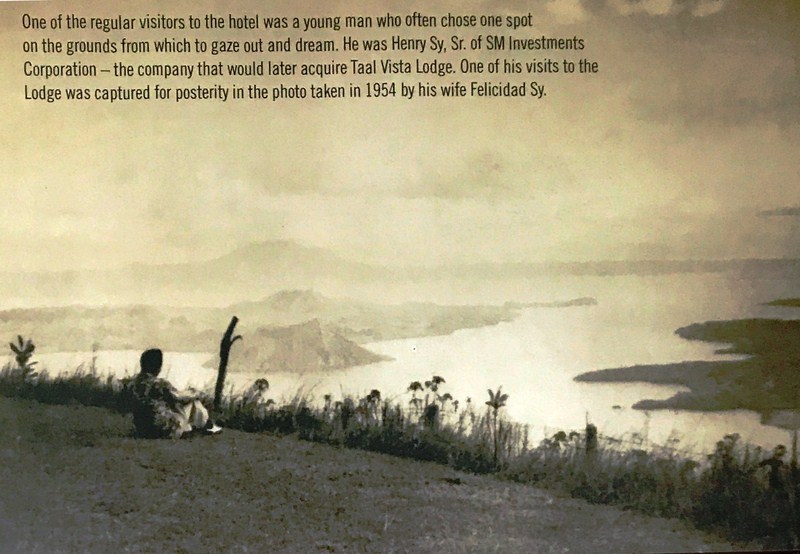
A 1954 photo taken by Ms. Felicidad Sy of husband Henry Sy sitting at the Garden Terrace of Taal Vista Lodge
From 1991 to November 5, 1999, SMIC added a new wing (Mountain Wing) which included a swimming pool where the rotunda is now located. At that time, the hotel operated 83 guest rooms. On November 6, 1999, SMIC decided to close down the hotel for further renovation and construction of new facilities.
In 2002, Sy had the hotel rebuilt, adding 2 new extensions on the east side of the complex to provide 128 rooms, conference facilities and amenities. The central building (where the Lobby Lounge is now currently located) was reconstructed in the original English Tudor Mansion style.
AUTHOR’S NOTES:
The English Tudor Mansion style features a steeply pitched roof with an overlapping, front-facing gable; a facade accented with half-timber framing (widely spaced wooden boards with stucco or stone in between) and a prominently placed chimney.
Panoramic floor-to-ceiling glass windows were installed, allowing diners to watch, aside from Taal Volcano and Taal Lake, the 947-m. high Mt. Makulot (or Mt. Macolod), the fog rolling in, the captivating sunset and, at nighttime, the stars or the pinpoint lights of fishing boats and the lakeshore towns.
After its reconstruction and expansion, this reinvigorated and now first-class hotel reopened its doors on March 27, 2003. In 2004, further expansion of the hotel was made. The Mountain Wing was extended (bringing the total to 128 rooms) and the swimming pool was moved to its present location.
Beginning 2009, SM Hotels and Conventions Corporation (MHCC), established on April 2, 2008, with Elizabeth Sy (Henry Sy’s daughter) as president, took over management of the hotel (the corporation remains to be its owner up to the present).
Thereafter, the construction of new hotel wing (Lake Wing) and renovation of the main lobby was started. In 2012, the Lake Wing, with its new ballroom and additional 133 guest rooms (bringing the total number of rooms to 264), was inaugurated,
That same year, Taal Vista Hotel started the Organic Herb and Vegetable Garden which supplied the needs of its various food and beverage outlets (they have four – Veranda, Lobby Lounge, Taza Fresh Table and Alta Ridge Bar).
In 2014, as part of its 75th anniversary celebration, the old Magnolia Pavilion was reconstructed as Taza Fresh Table, a new restaurant which was opened on January 28, 2015.
The hotel has hosted many important international gatherings such as:
- July 1 -3, 2009 – 44th meeting of the Association of Southeast Asian Nations (ASEAN) Committee on Culture and Information (COCI)
- March 3 to 6, 2015 – several ministerial meetings of the Asia Pacific Economic Cooperation (APEC) Summit
- September 11 to 14, 2017 – 23rd Senior Officials Meeting for ASCC (ASEAN Socio-Cultural Community) and 18th ASCC Council Meeting during 31st ASEAN Summit
On January 12, 2020, after a hiatus of 43 years, Taal Volcano erupted and, on March 1, 2020, two months after the eruption, the COVID-19 pandemic forced the hotel to close its door to the public.
A few weeks later, the hotel reopened as a quarantine hotel for returning overseas Filipino contract workers. On September 4, 2020, the hotel reopened its food and beverage outlets to the general public and, a few days later, its guest rooms, welcoming guests back under stringent health and safety protocols.
AUTHOR’S COMMENTS:
I am wondering, with all the history attached to Taal Vista Hotel, why the National Historical Commission of the Philippines (NHCP) hasn’t installed a historical plaque at the hotel’s facade. The hotel has the distinction of being the second oldest in the country (after the Manila Hotel) and cabinet meetings of Pres. Manuel L. Quezon and Elpidio Quirino were held there in the past as well as meetings of APEC and ASEAN.
Taal Vista Hotel: Kilometer 60, Aguinaldo Highway, Tagaytay City 4120, Cavite. Tel: (632) 7917 8225. Mobile number: (0917) 89-1254. E-mail: reservations@taalvistahotel.com. Website: www.taalvistahotel.com.

